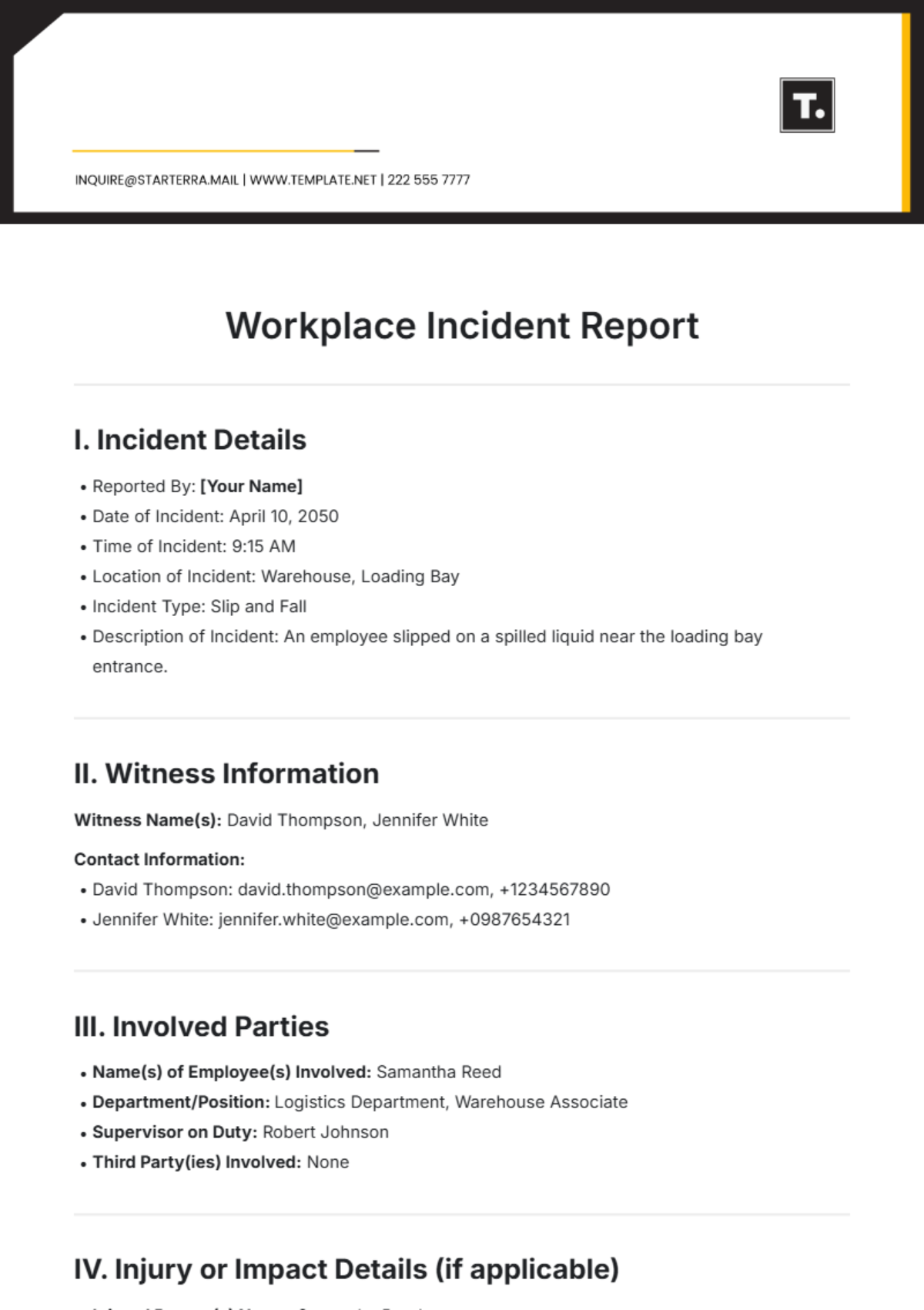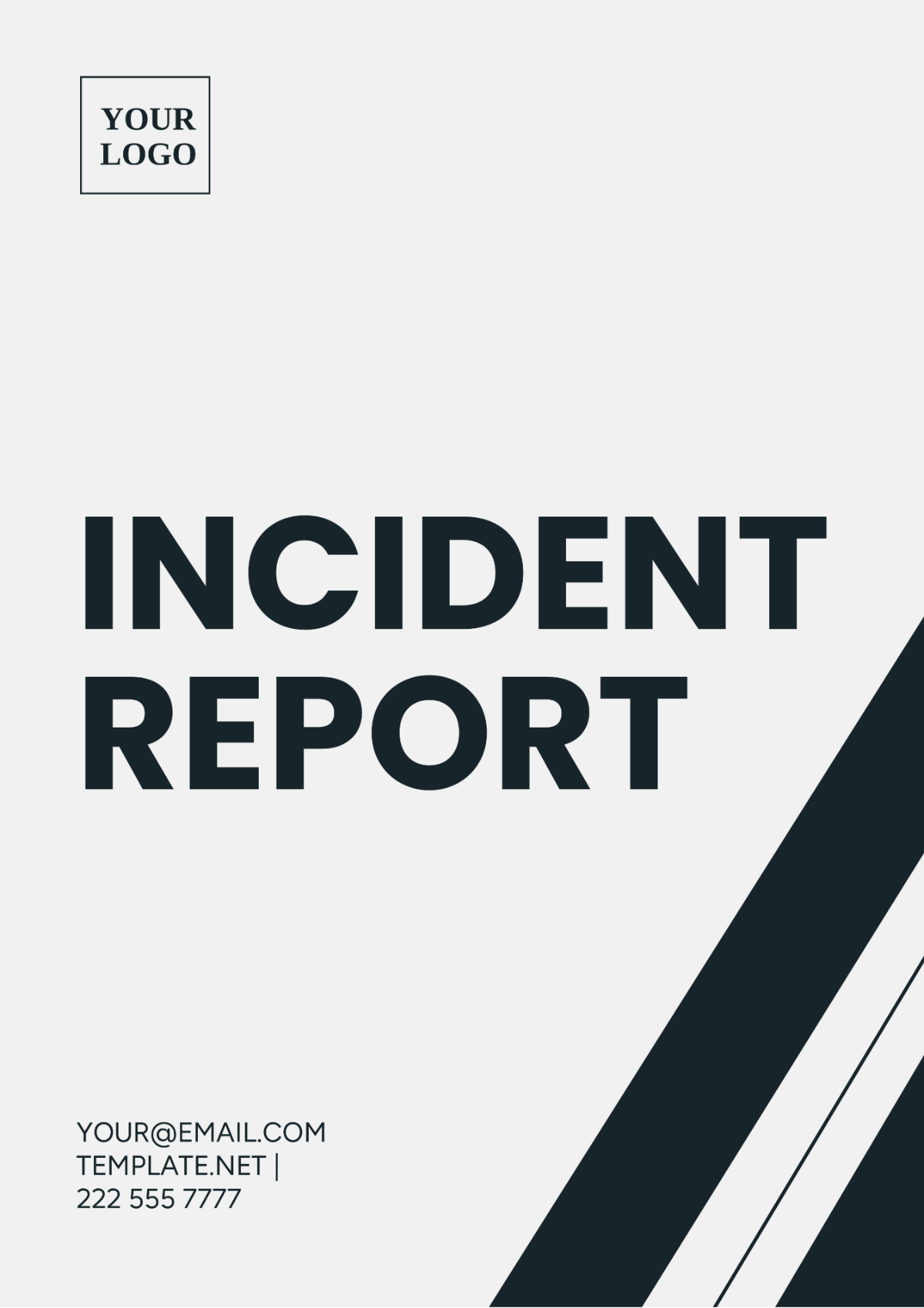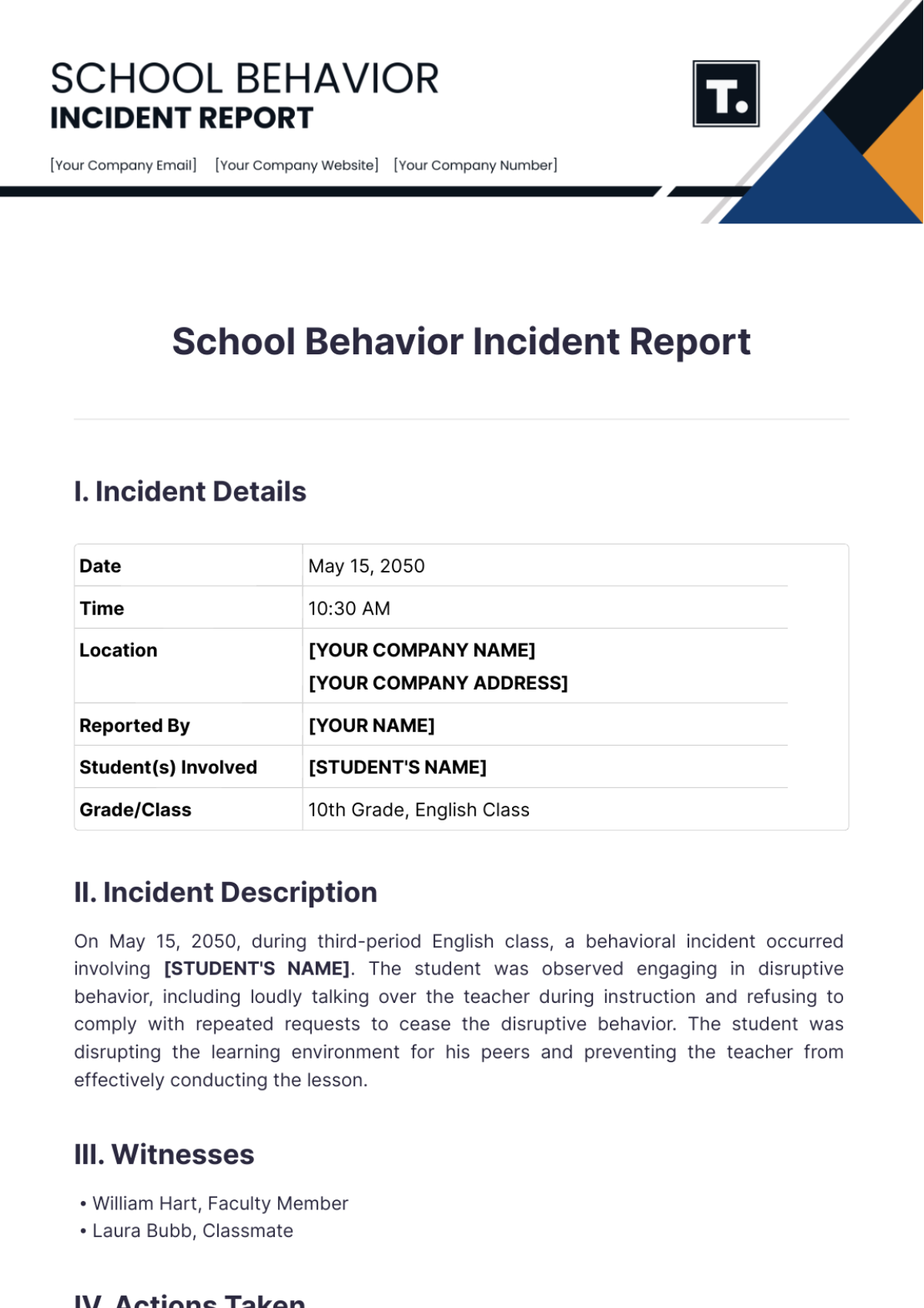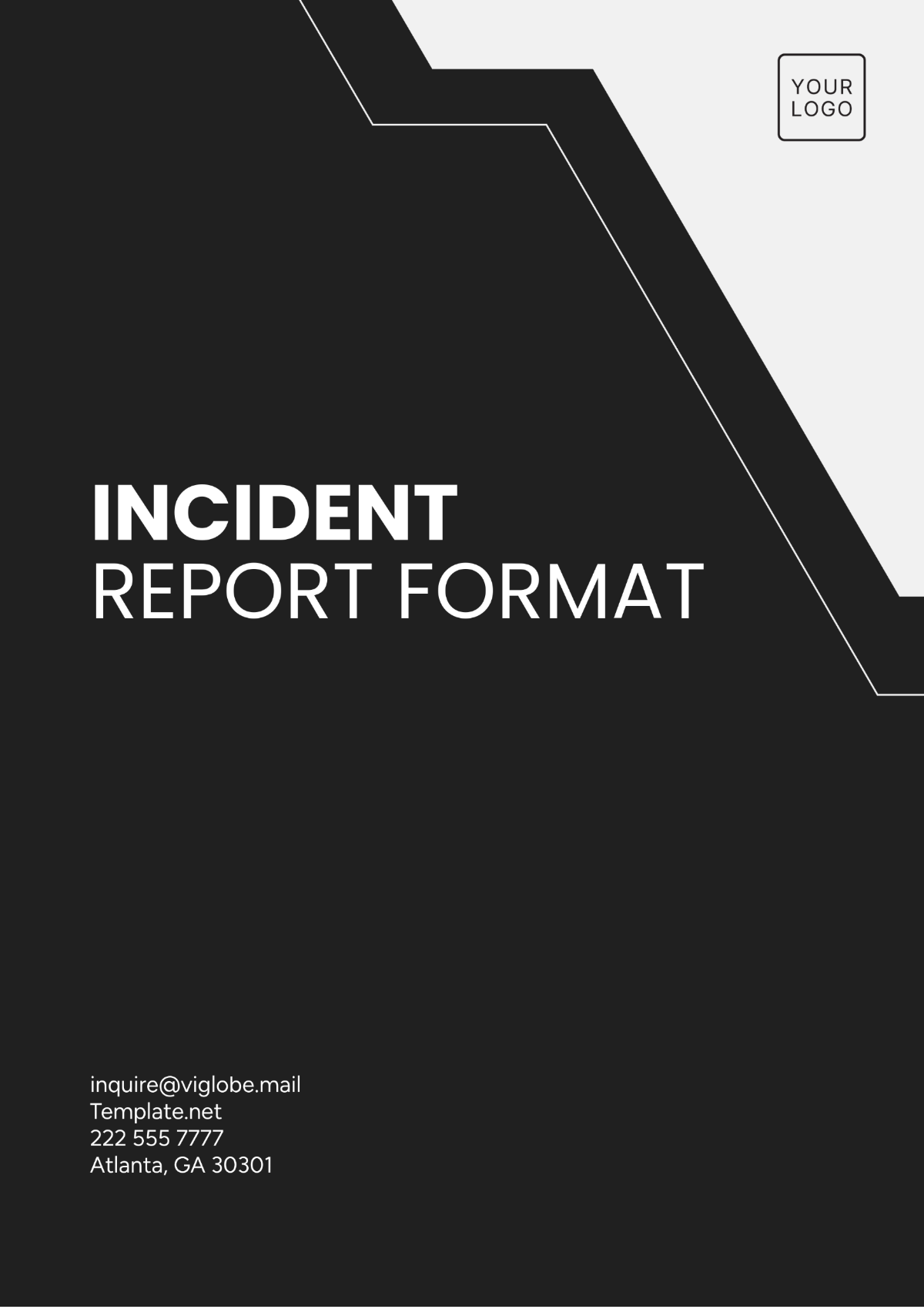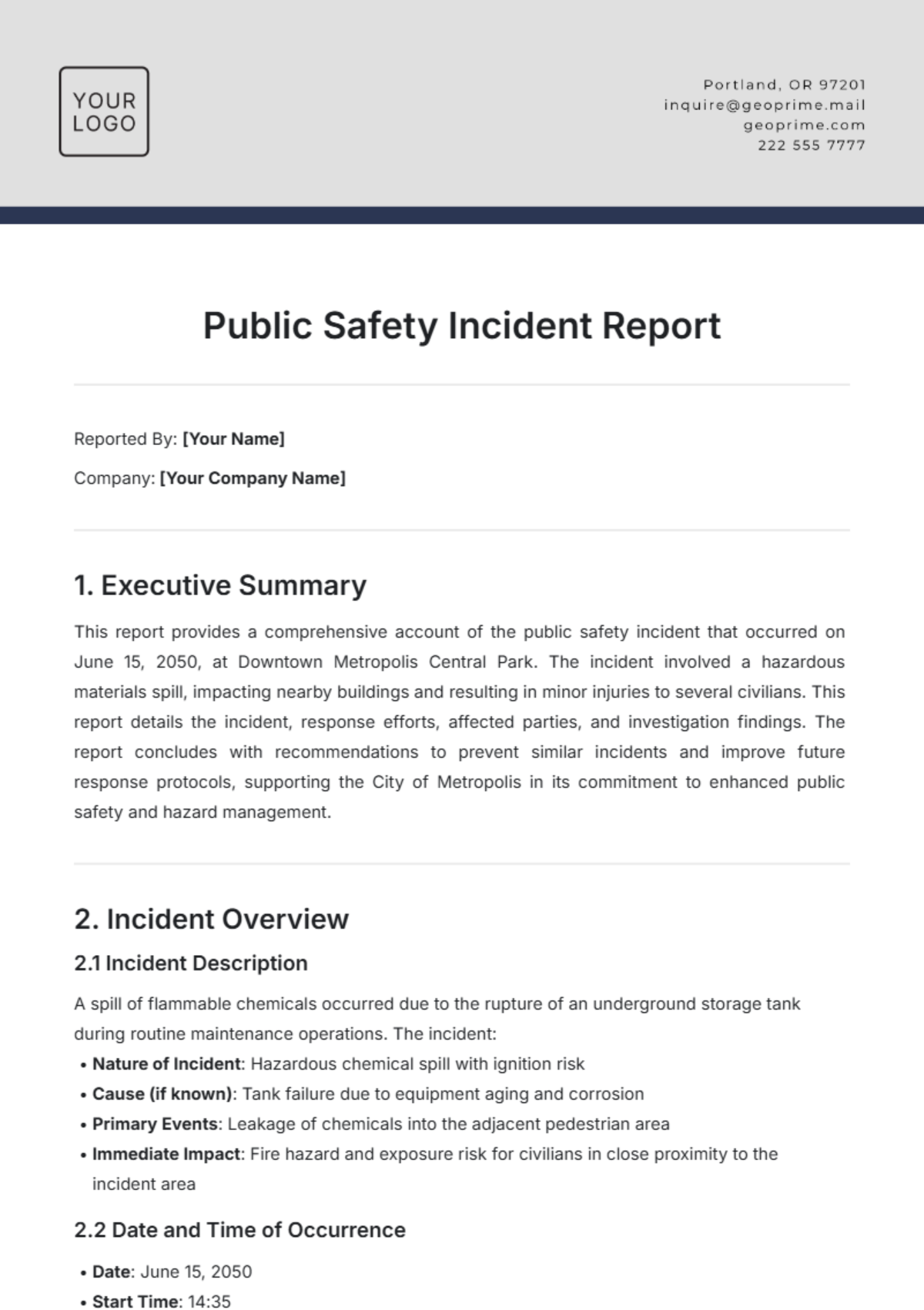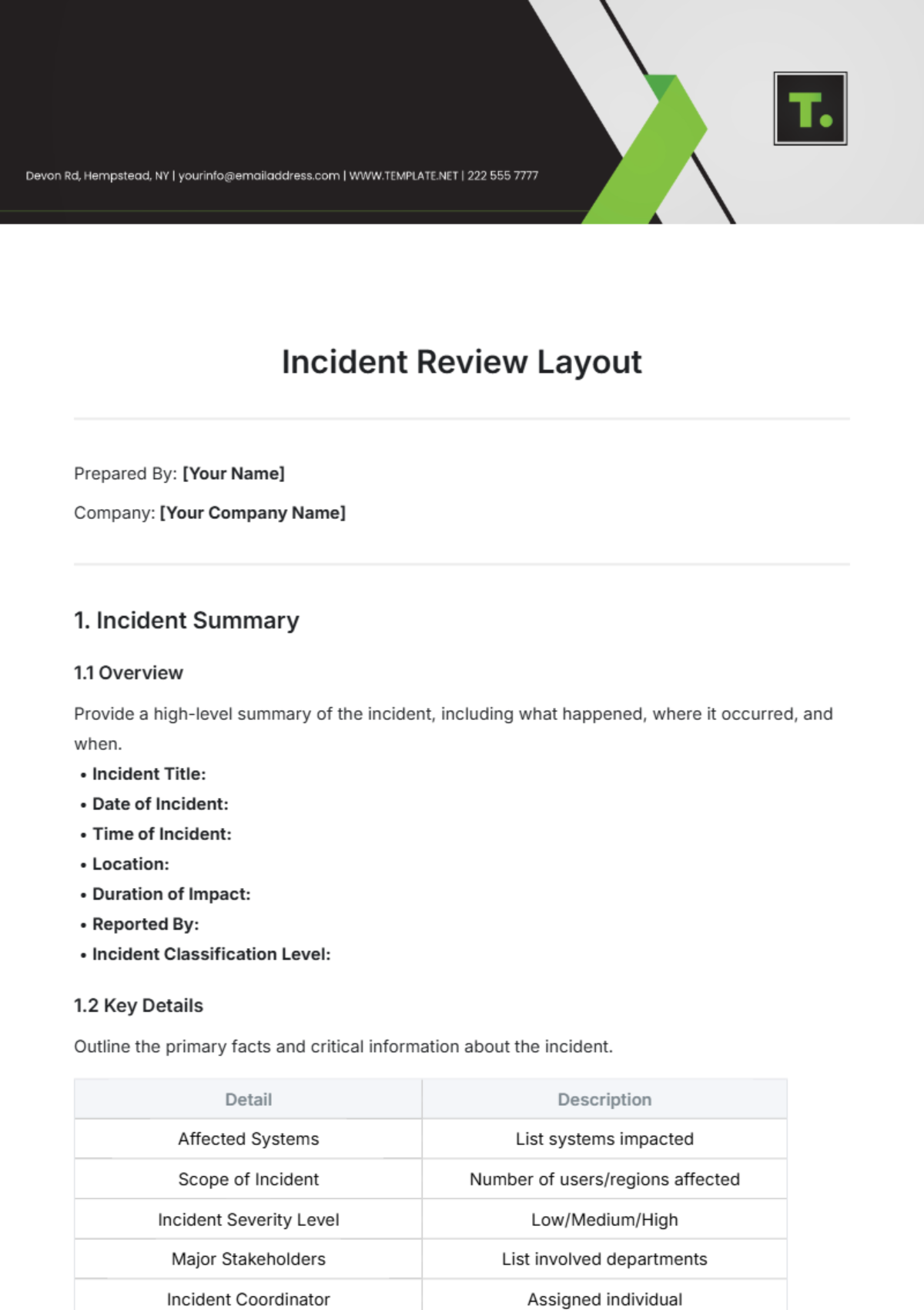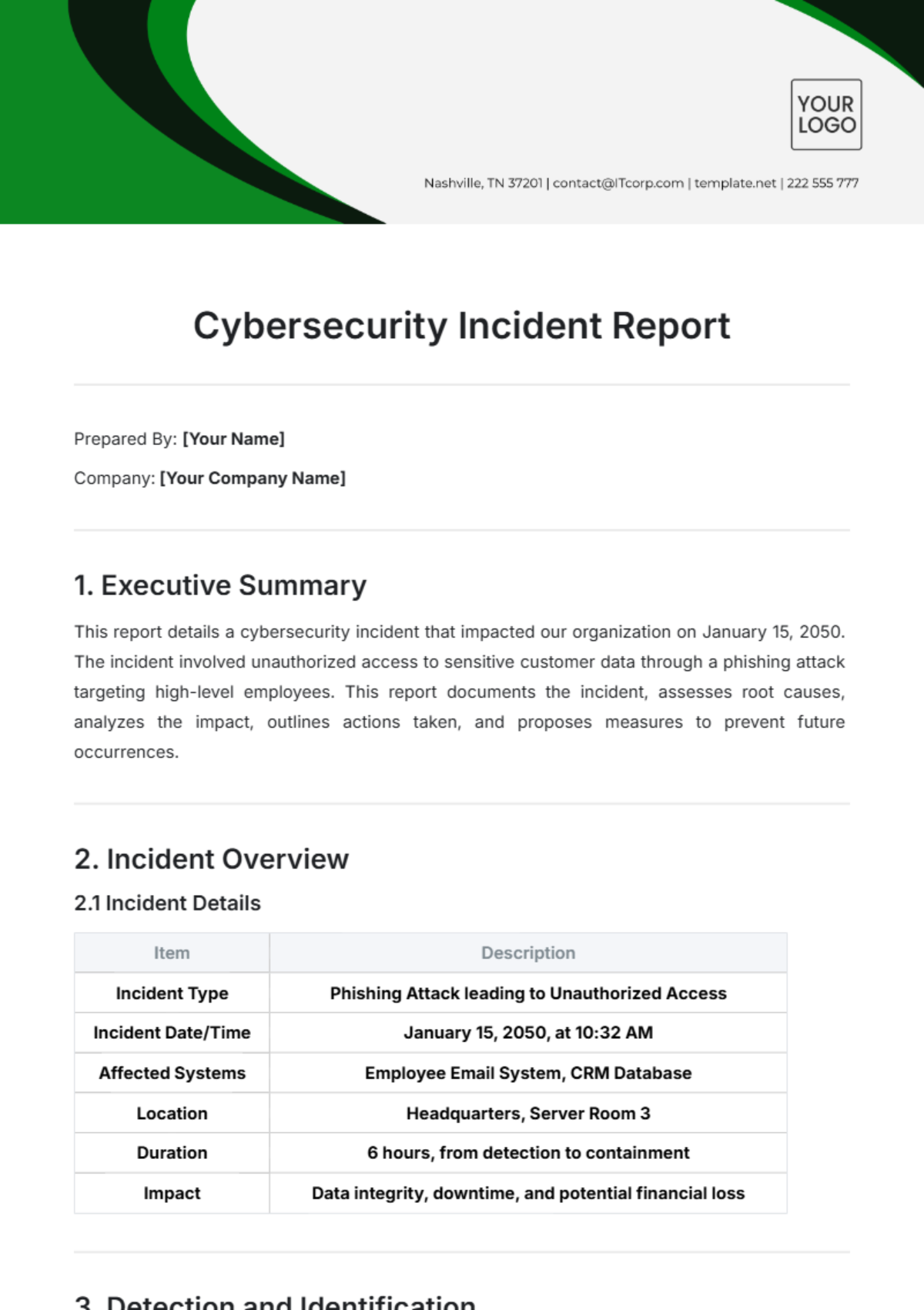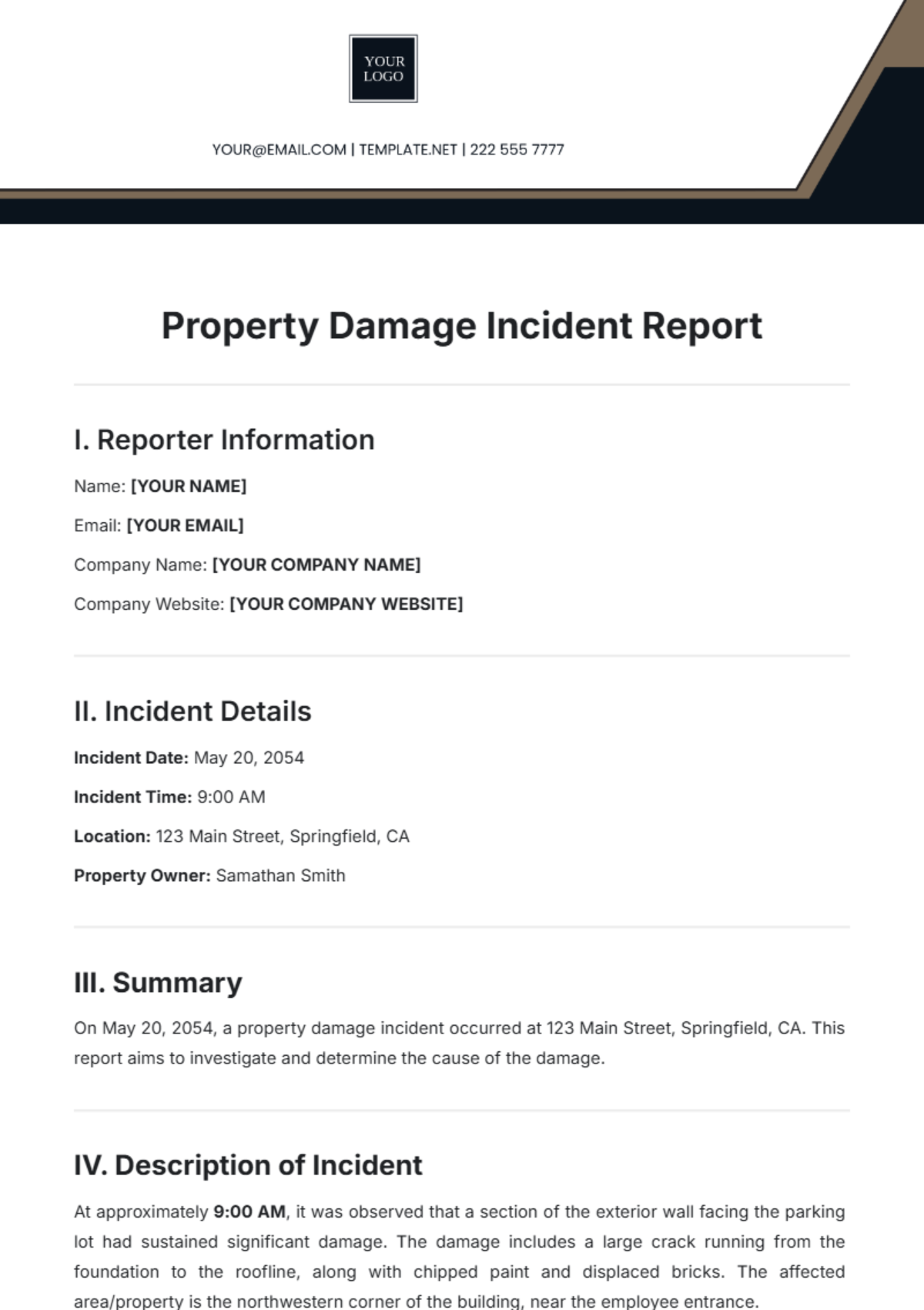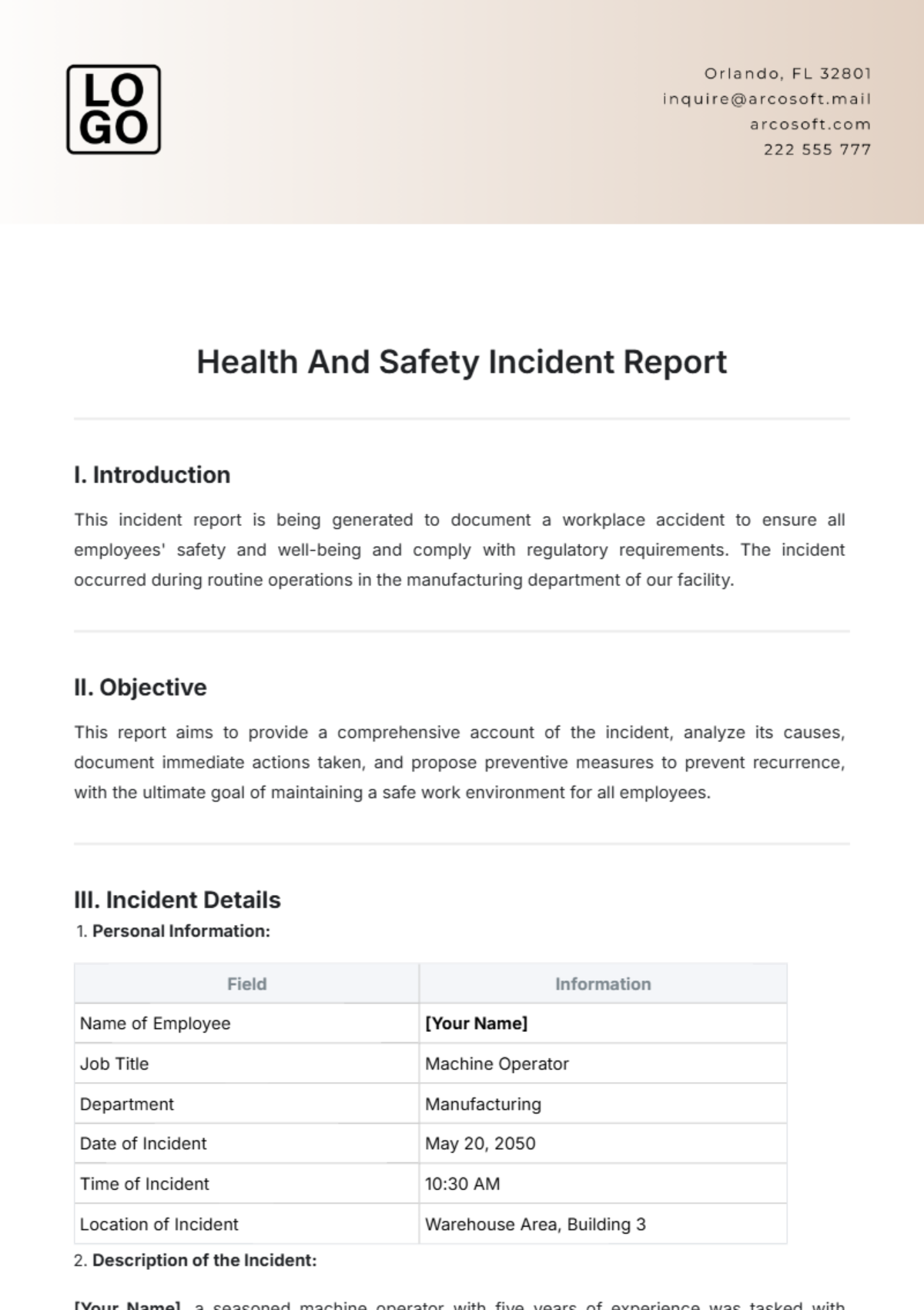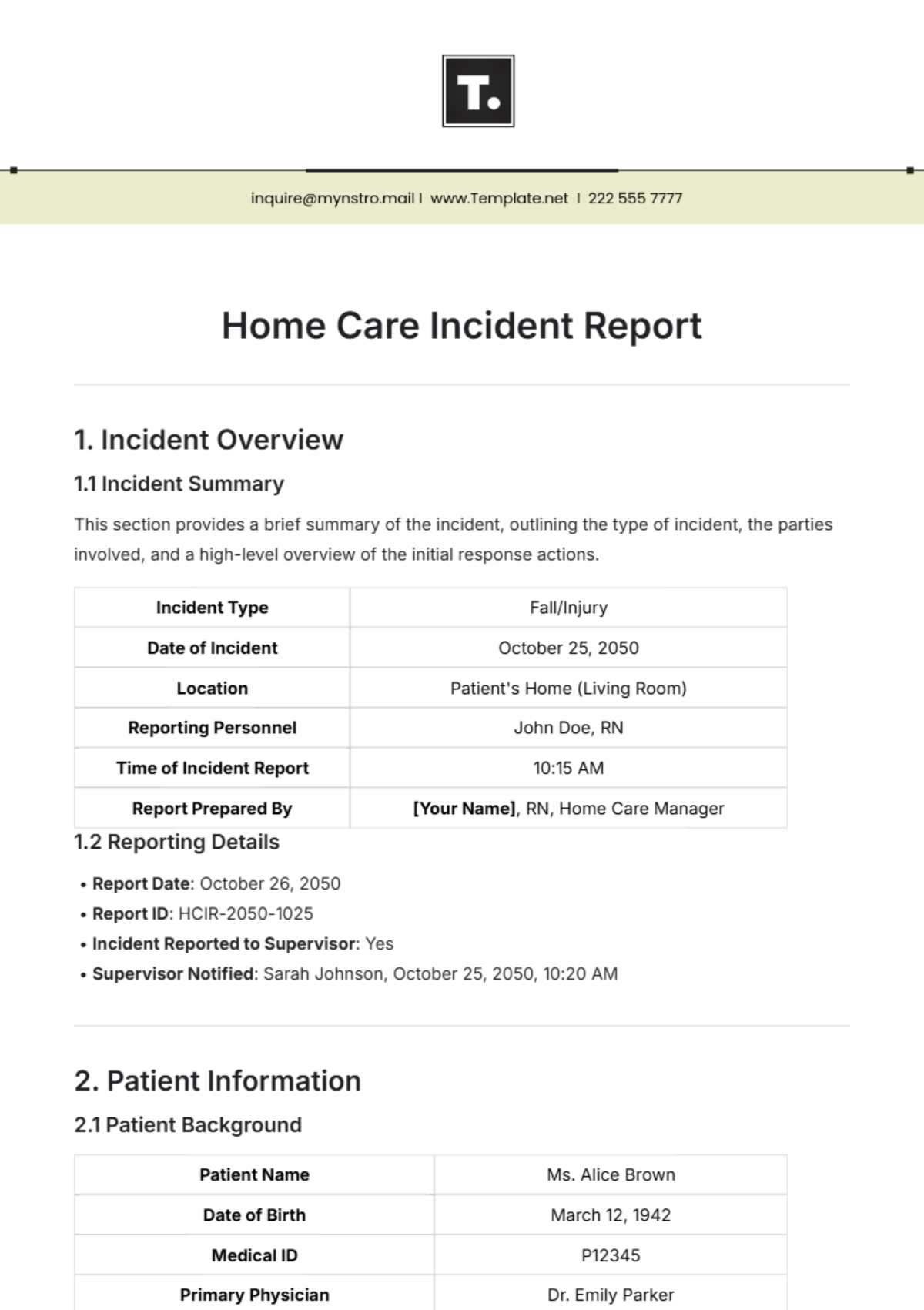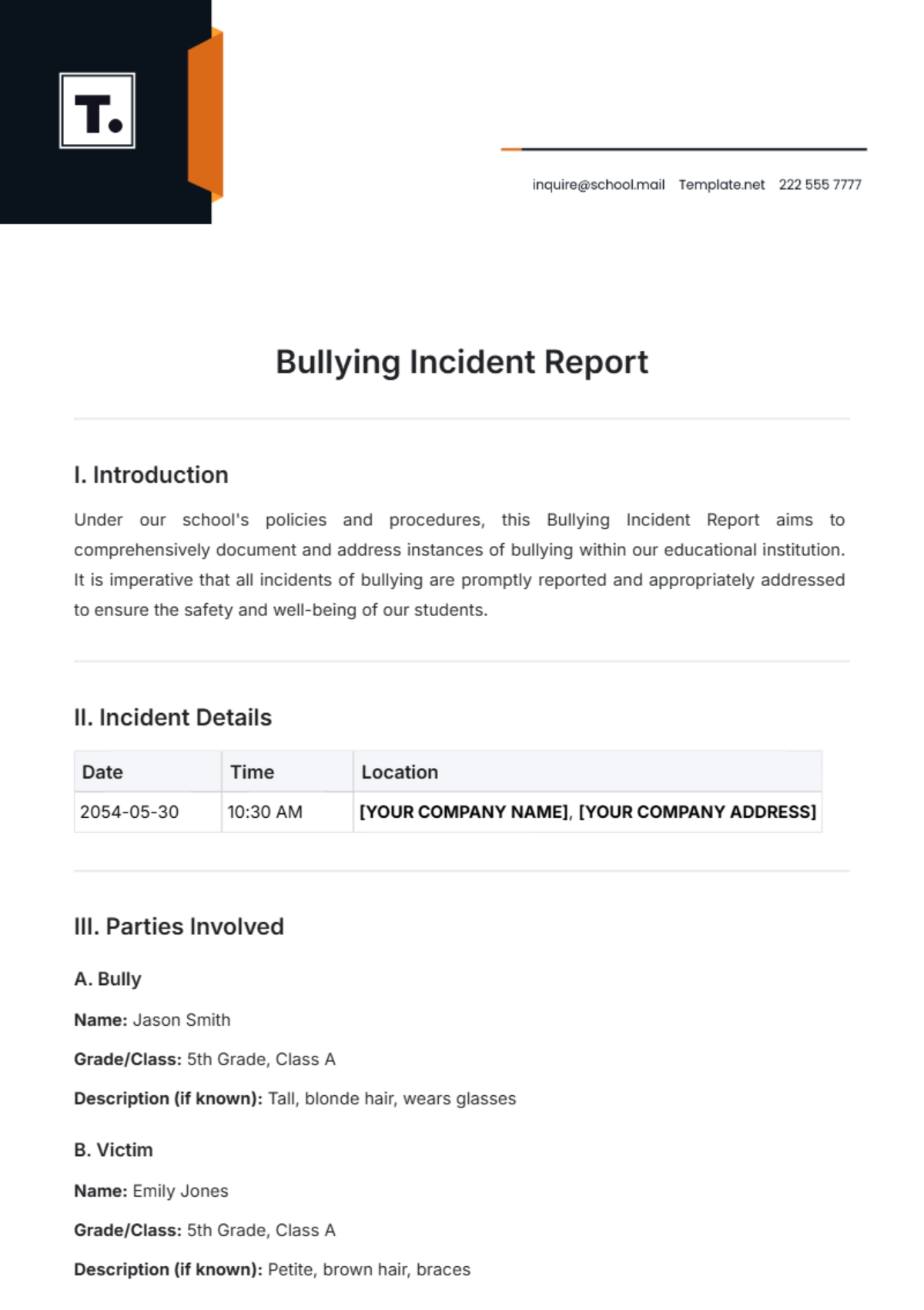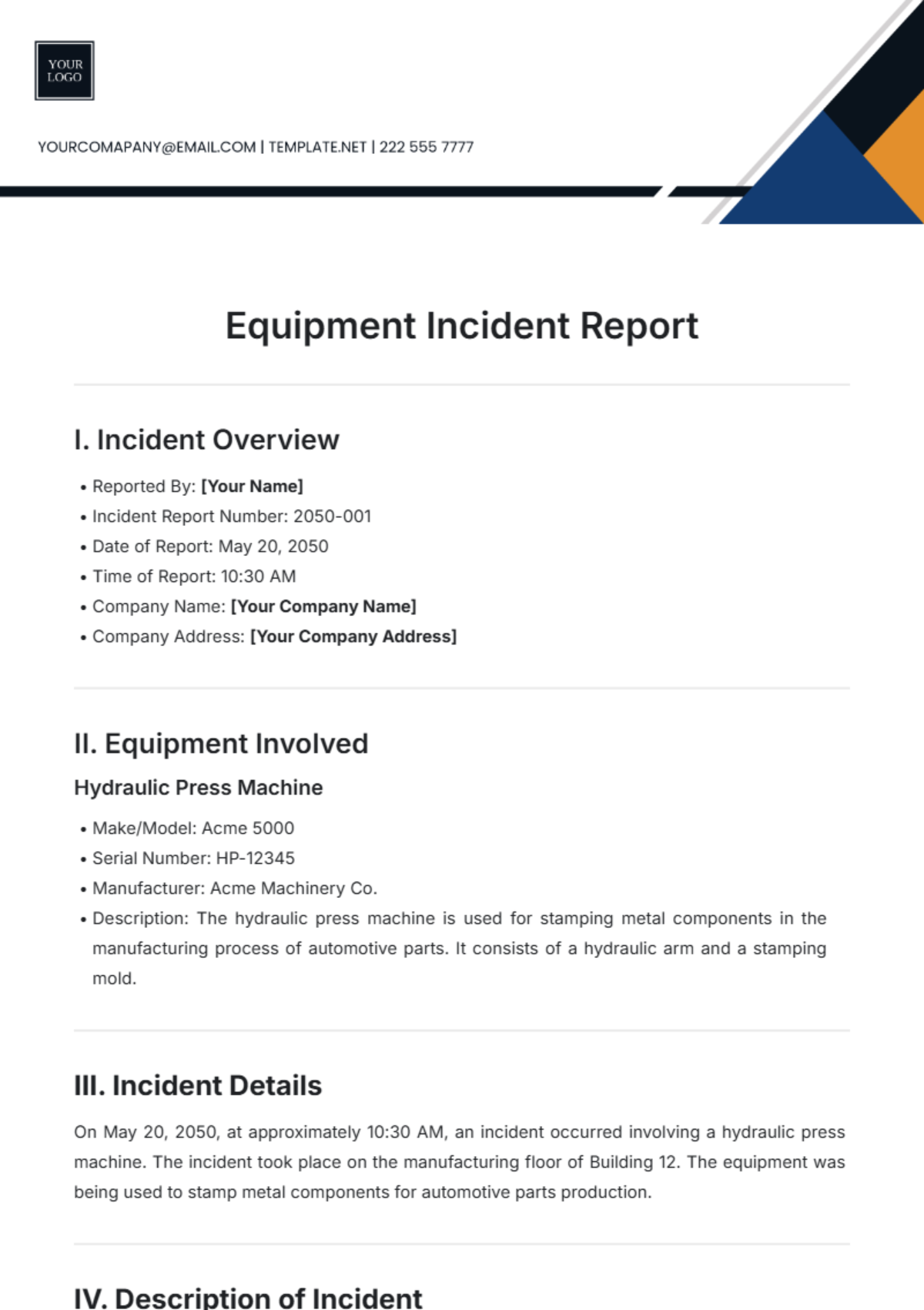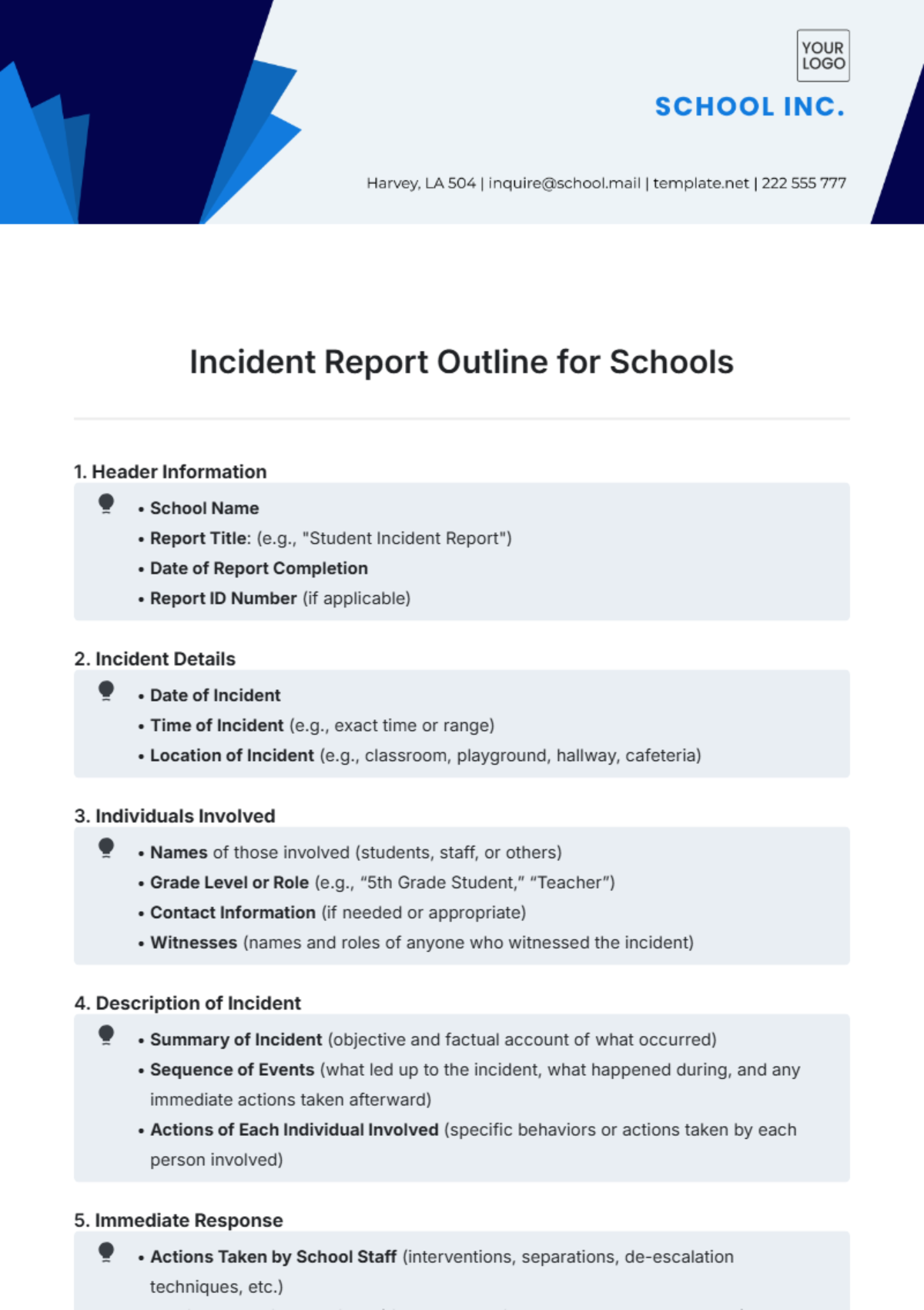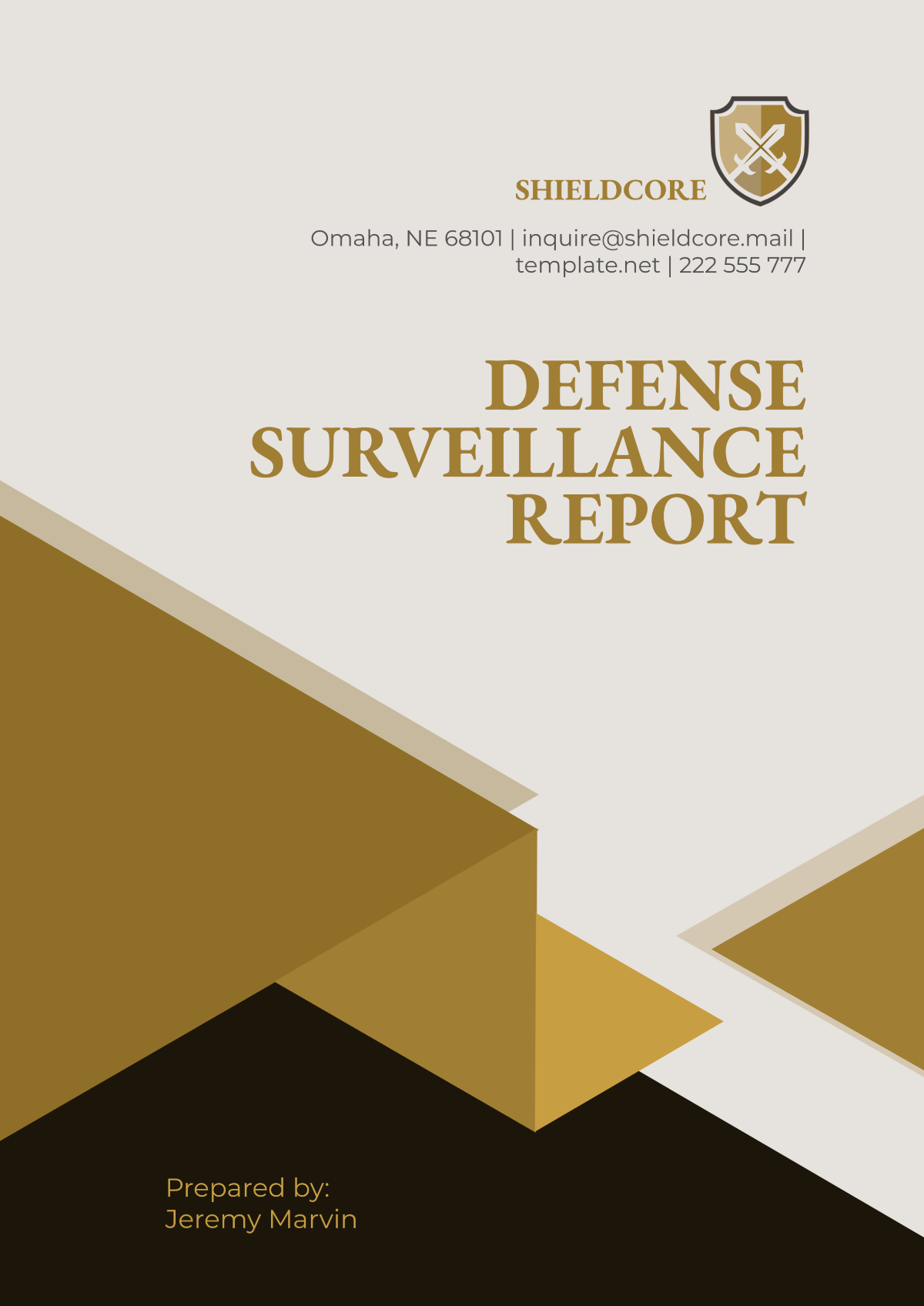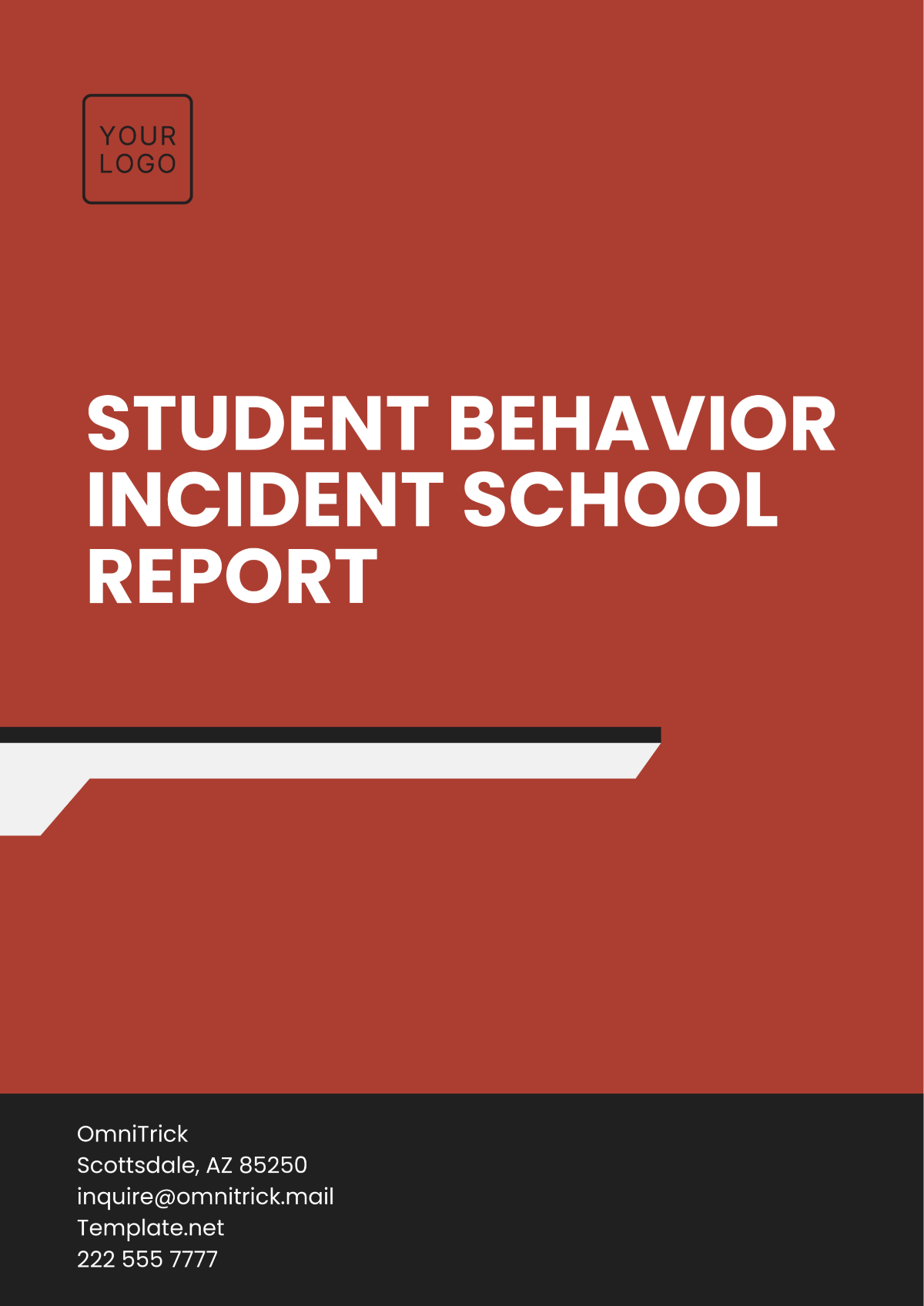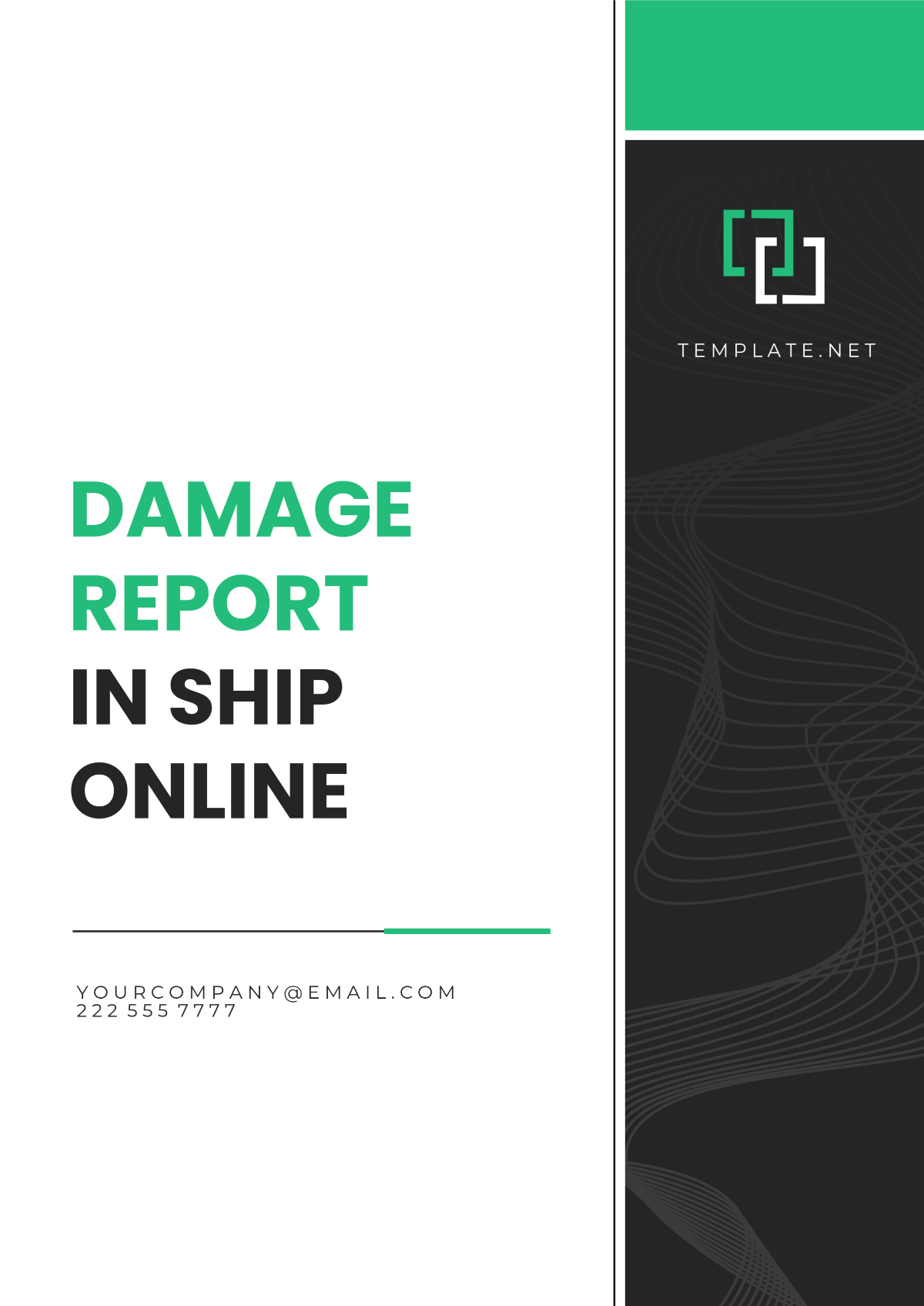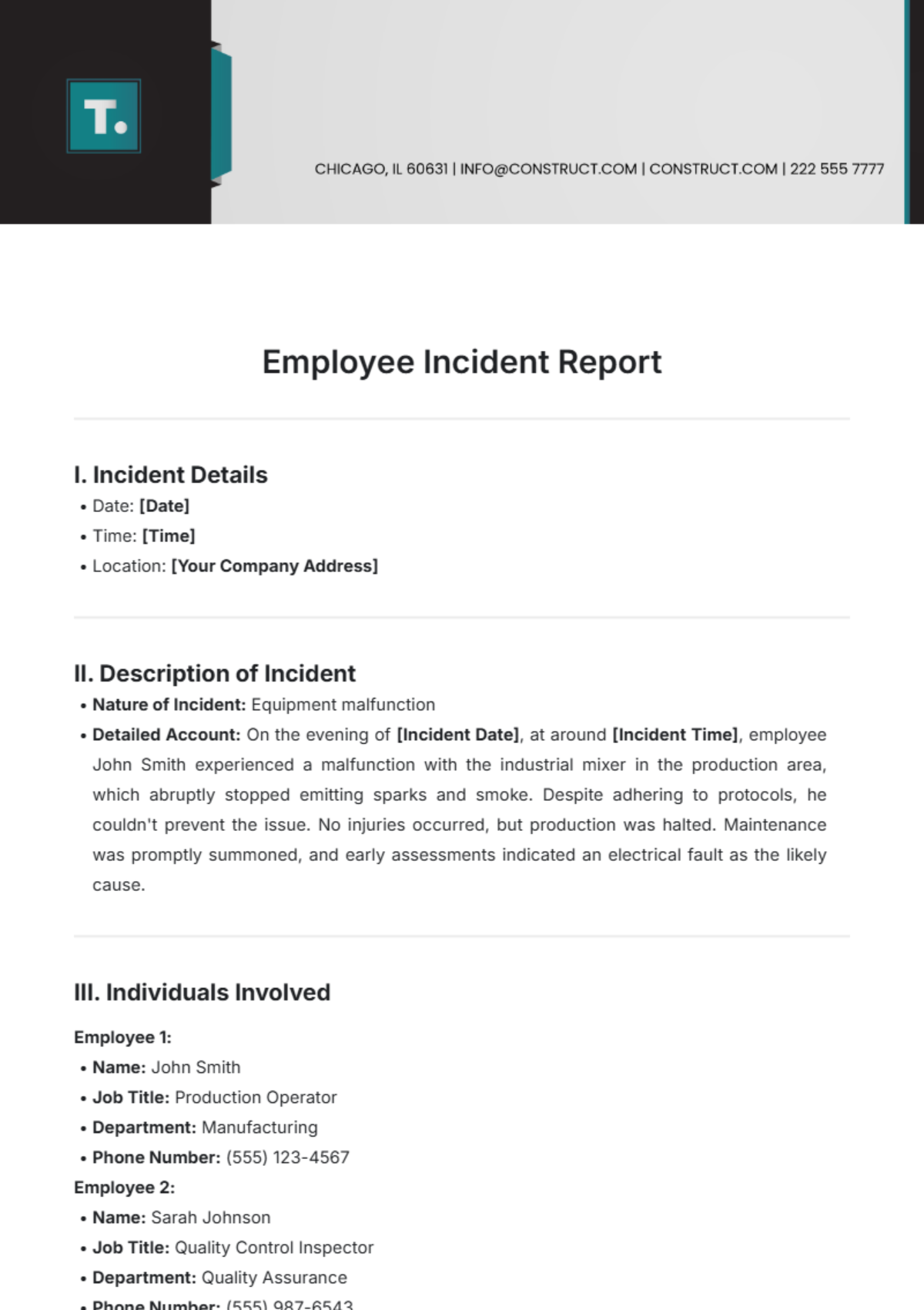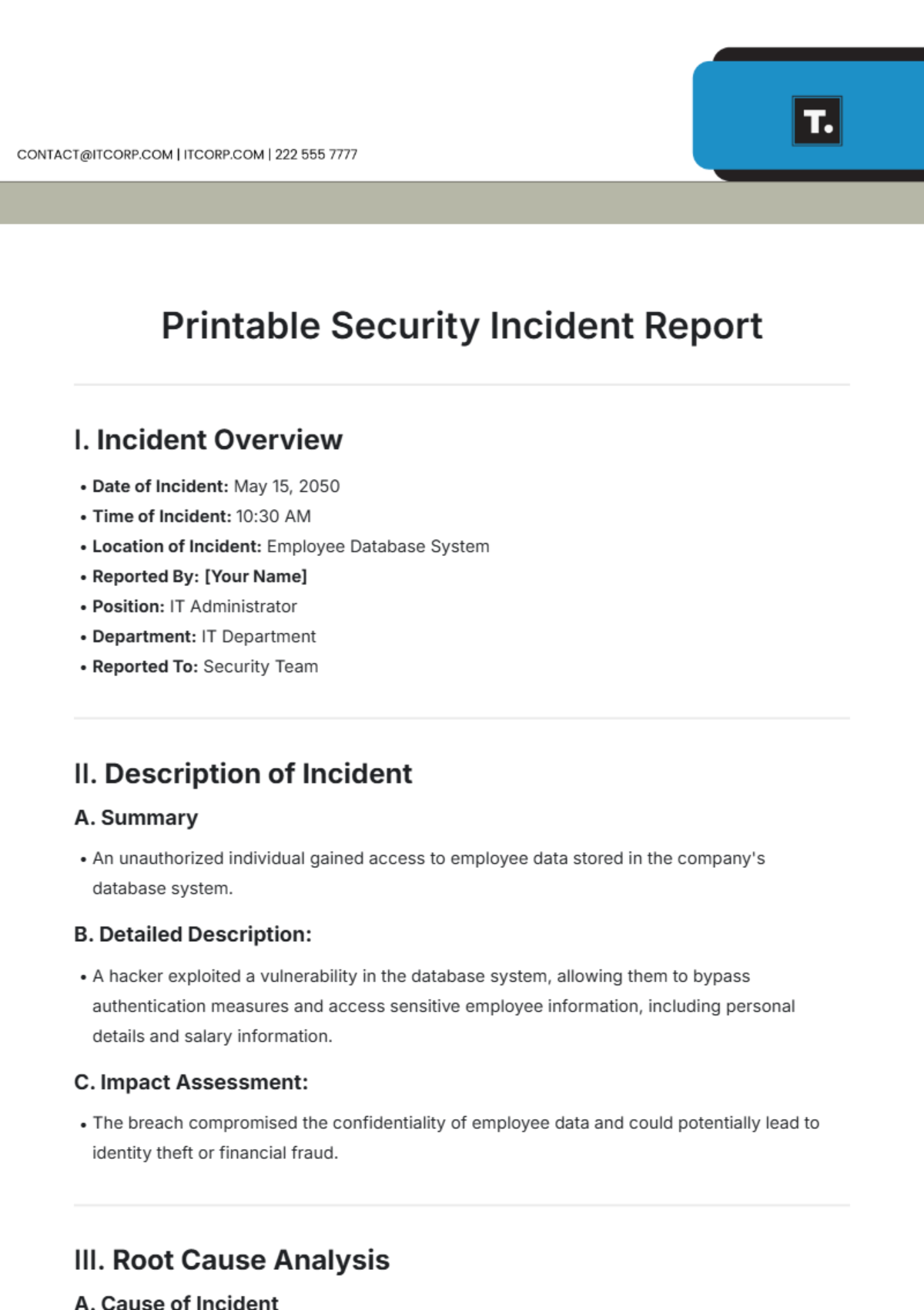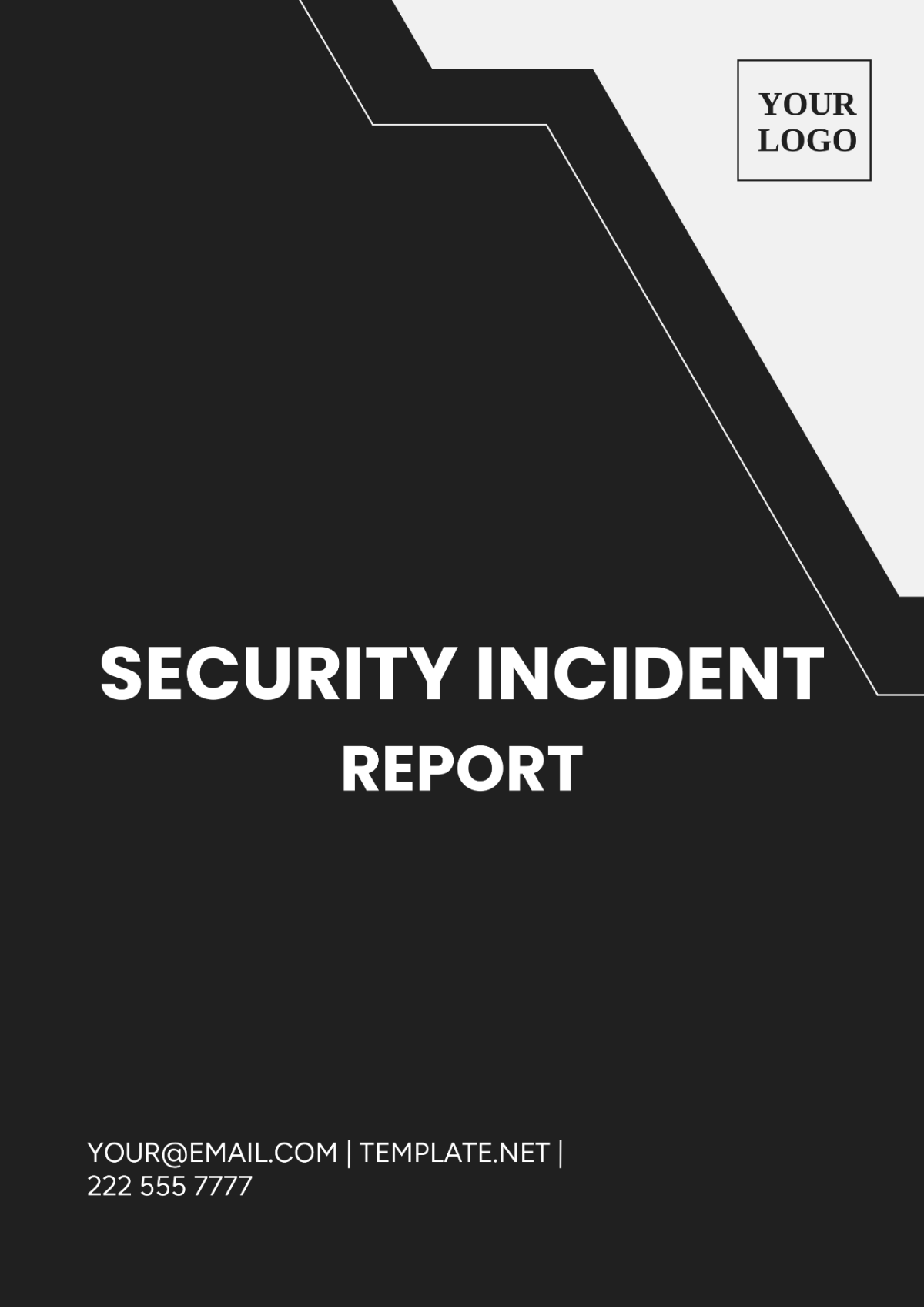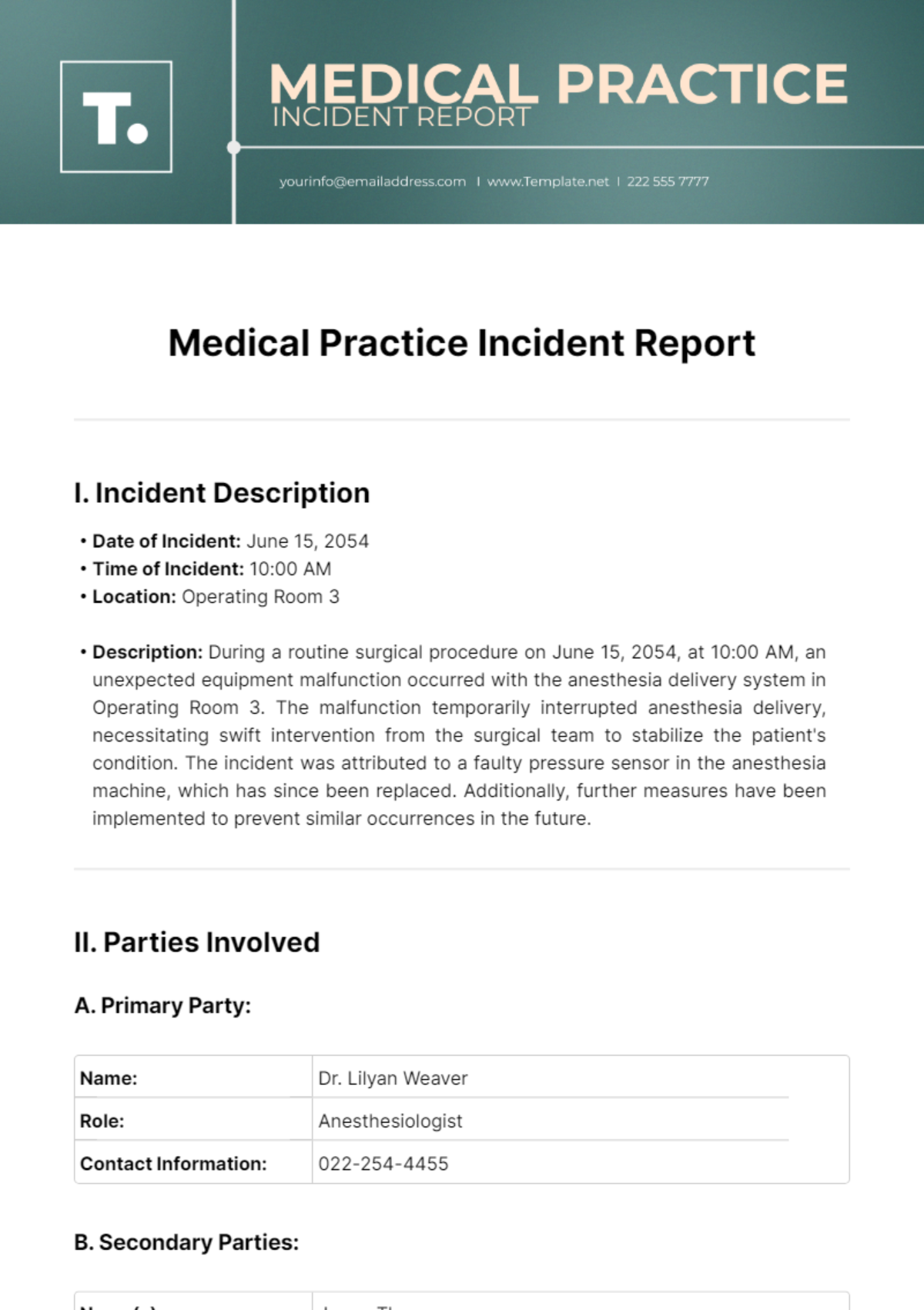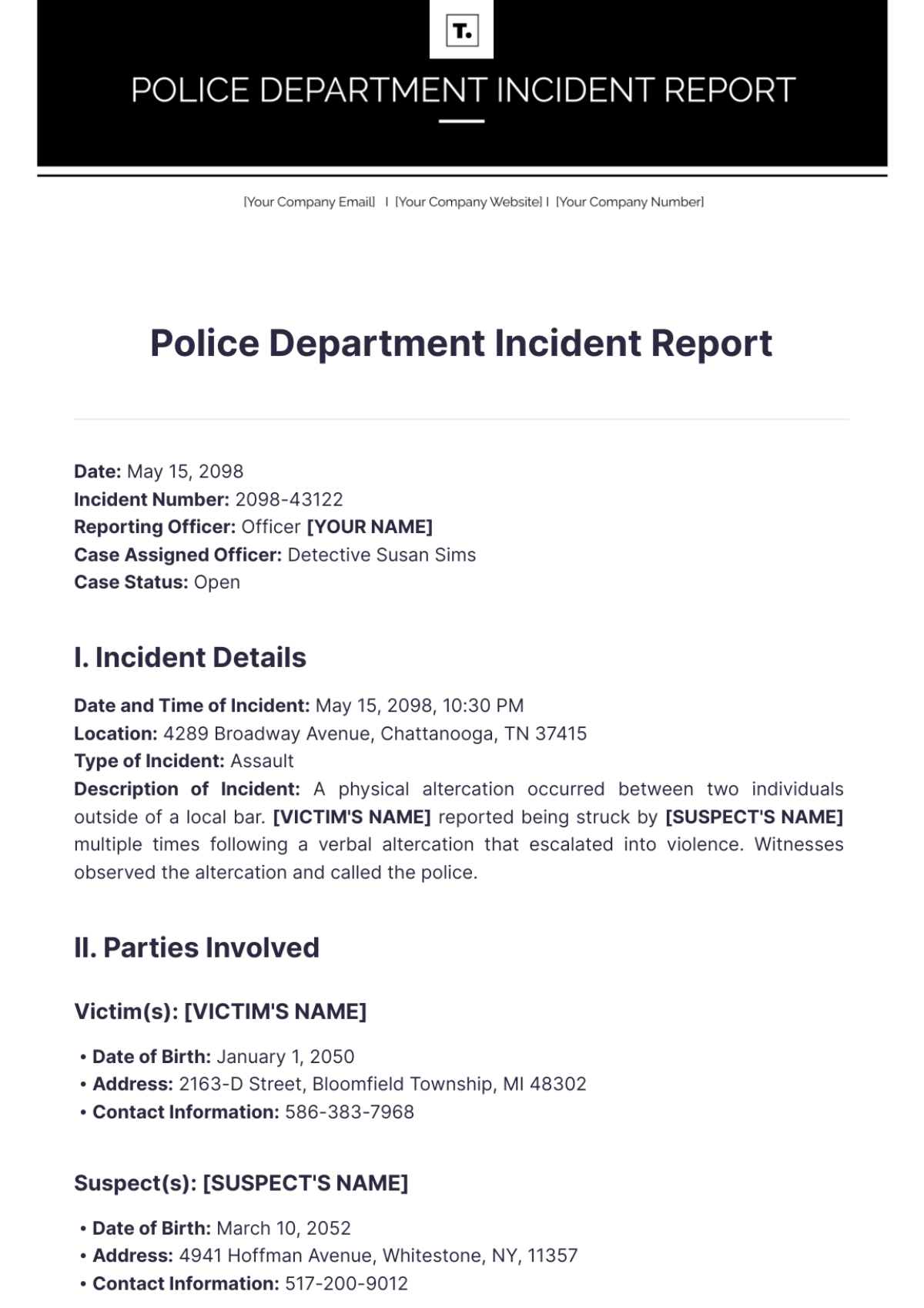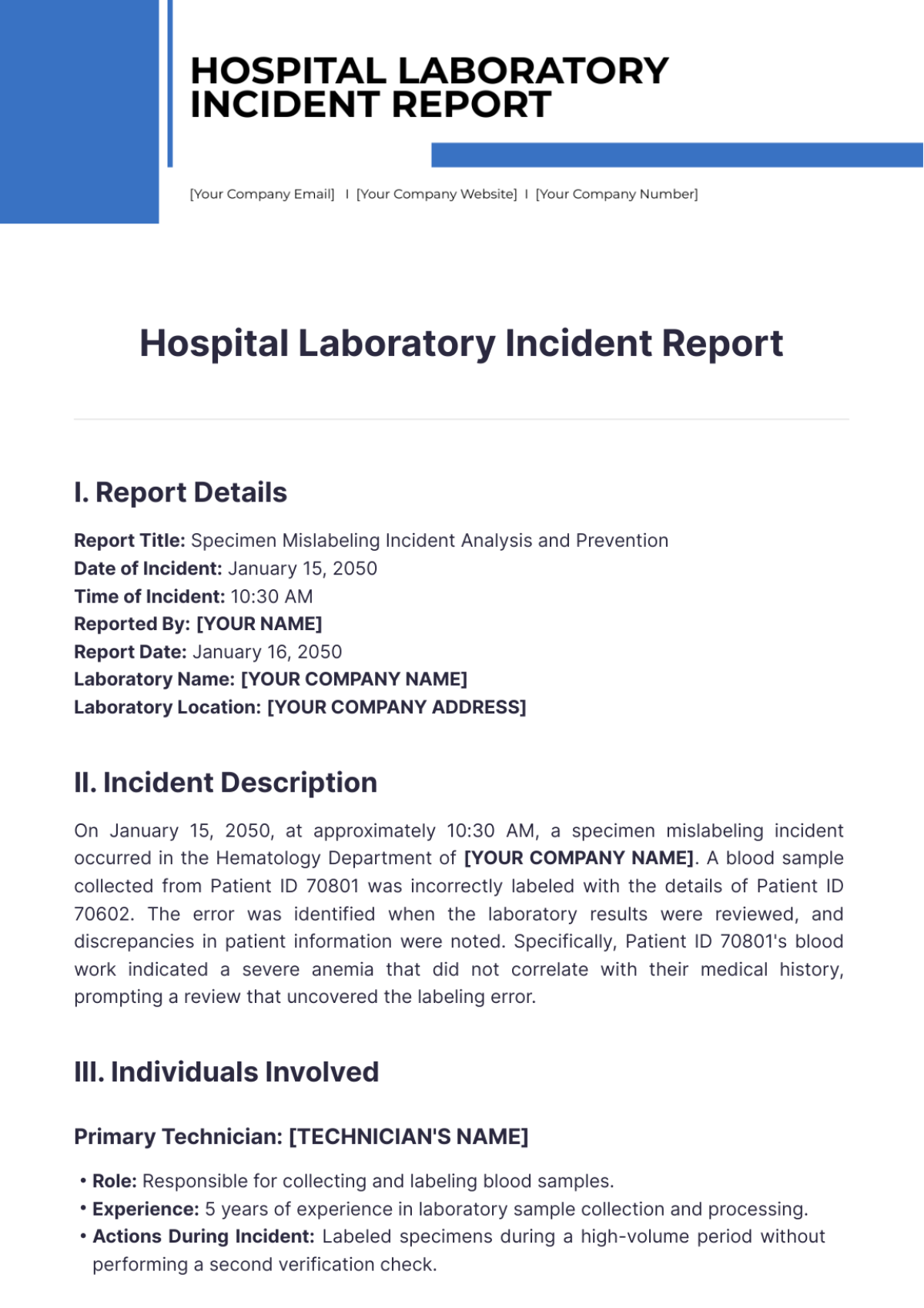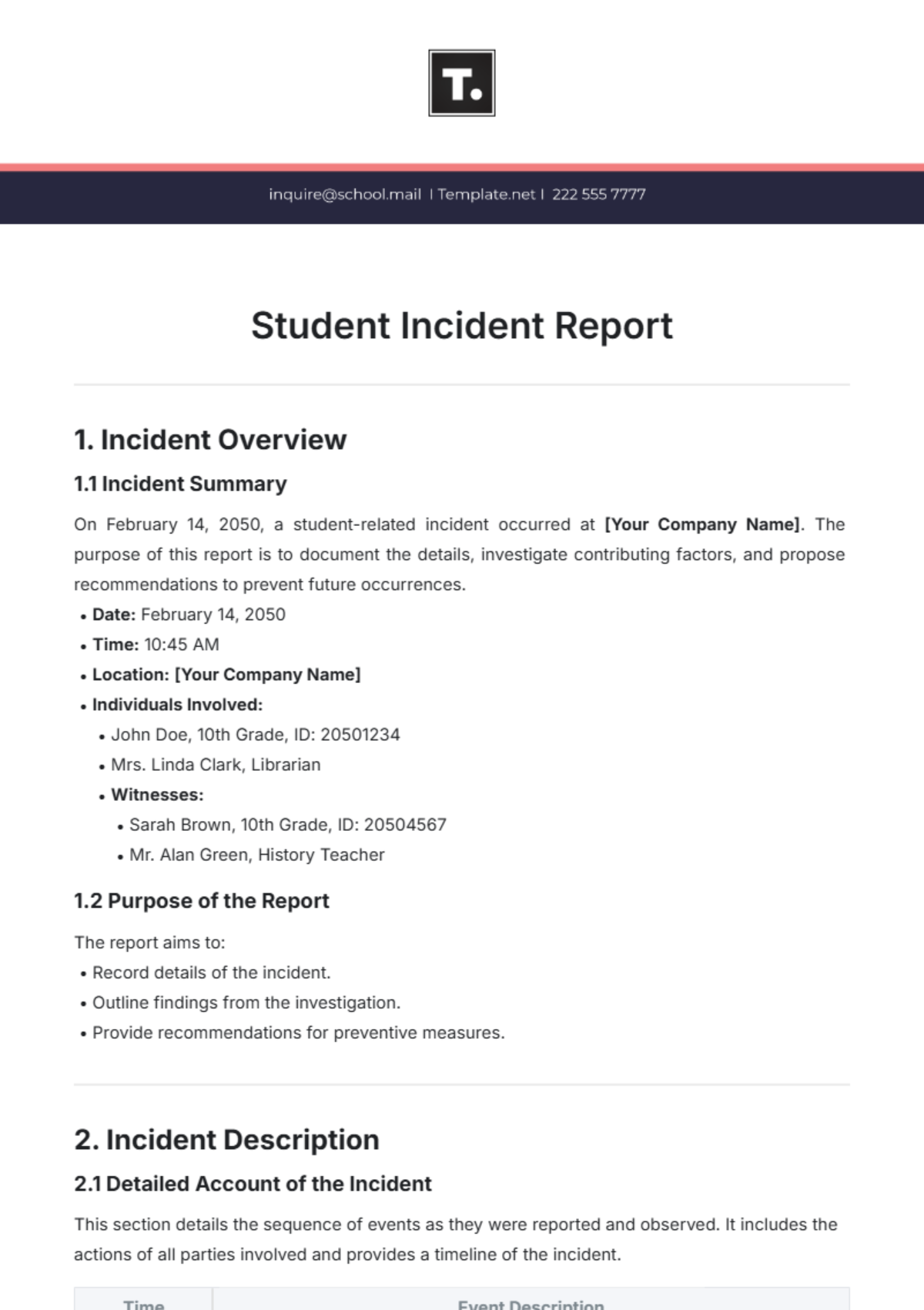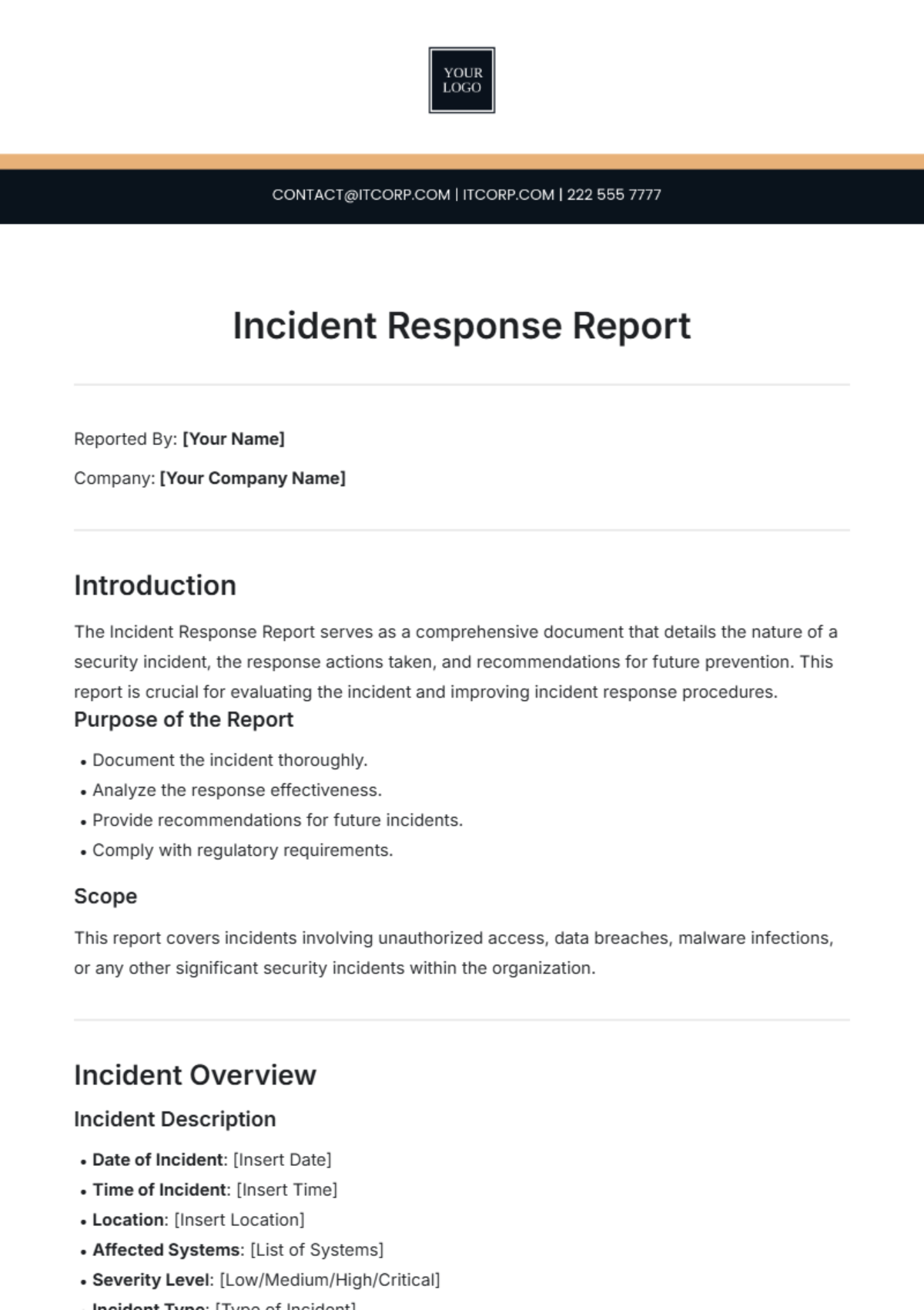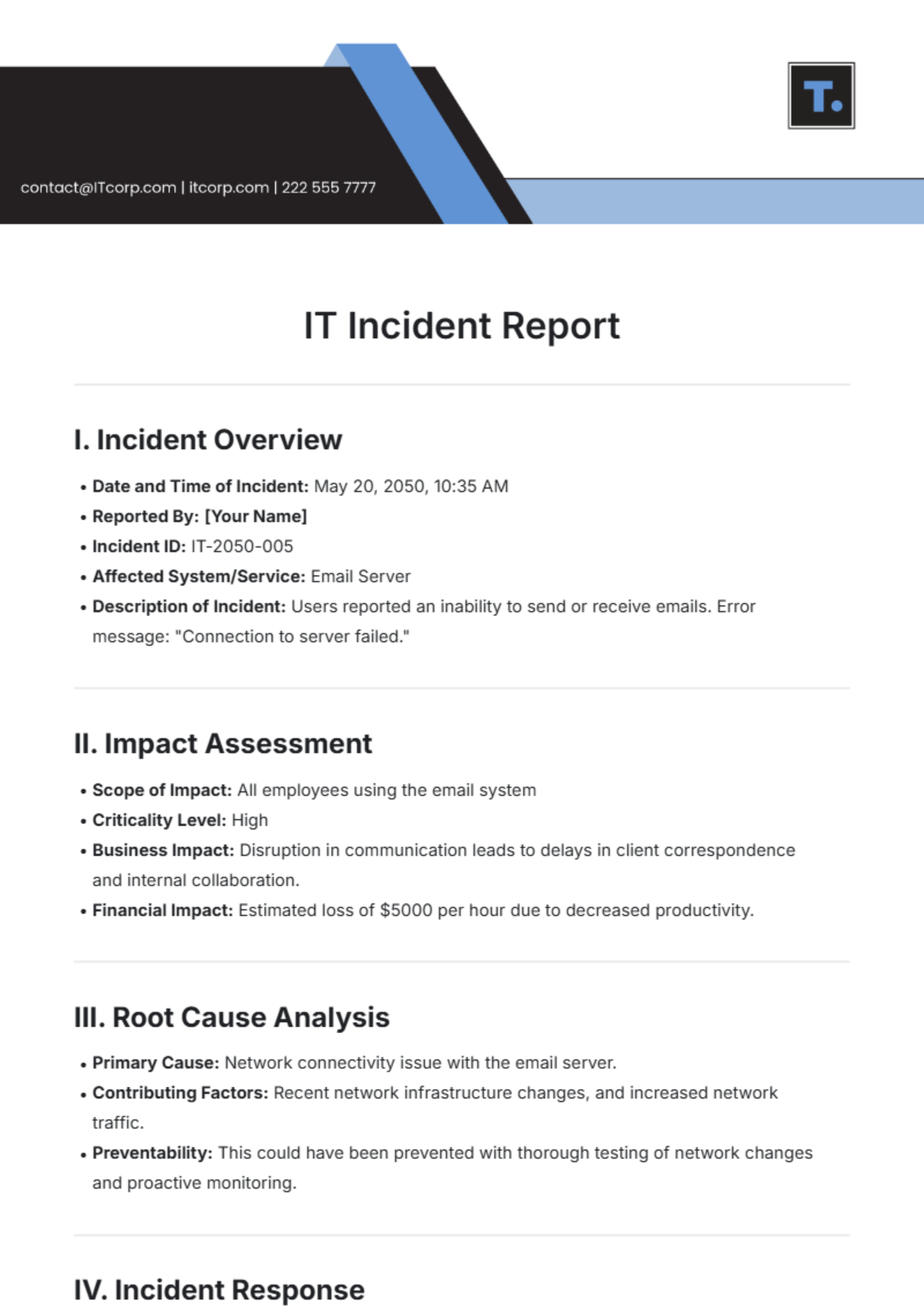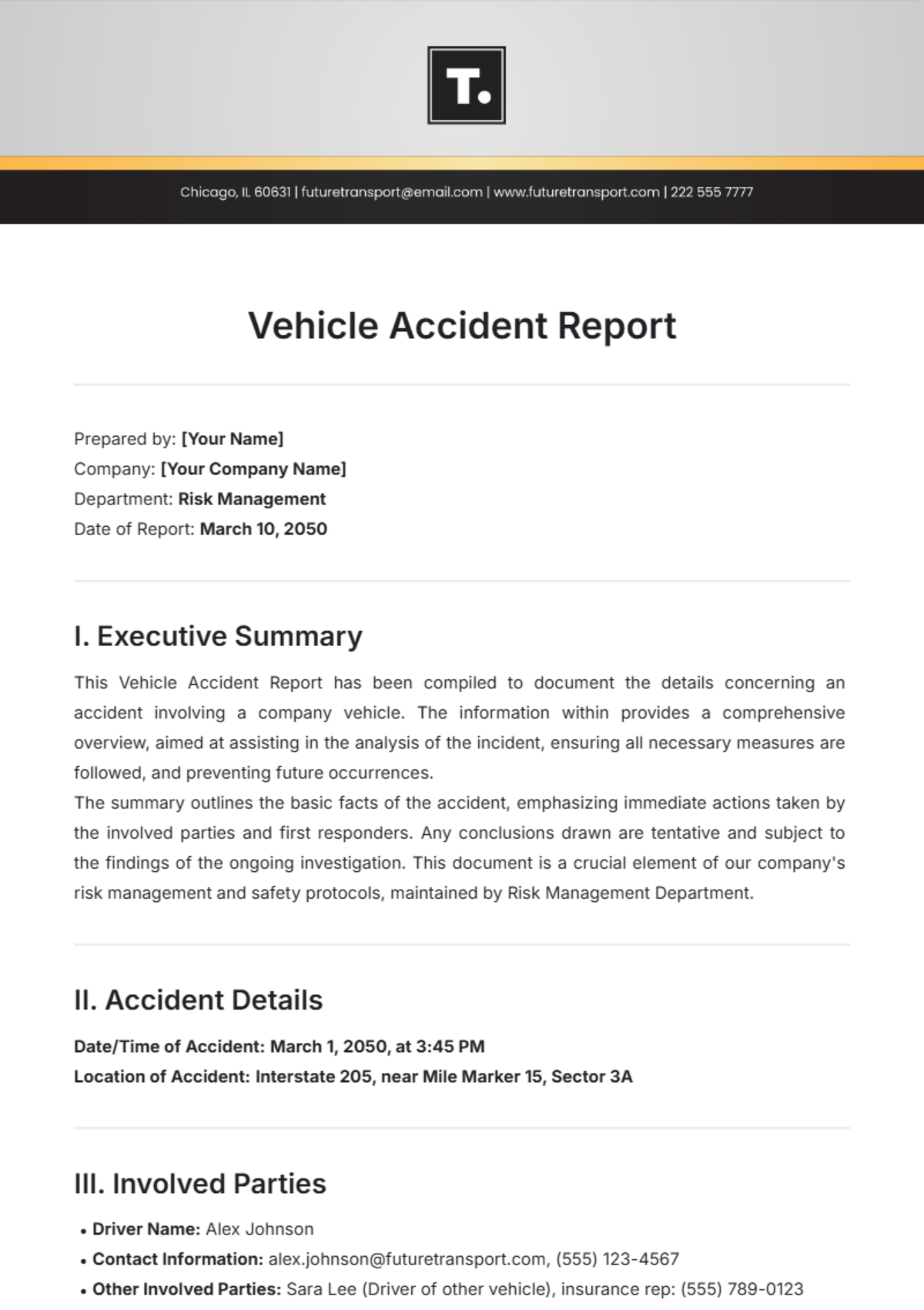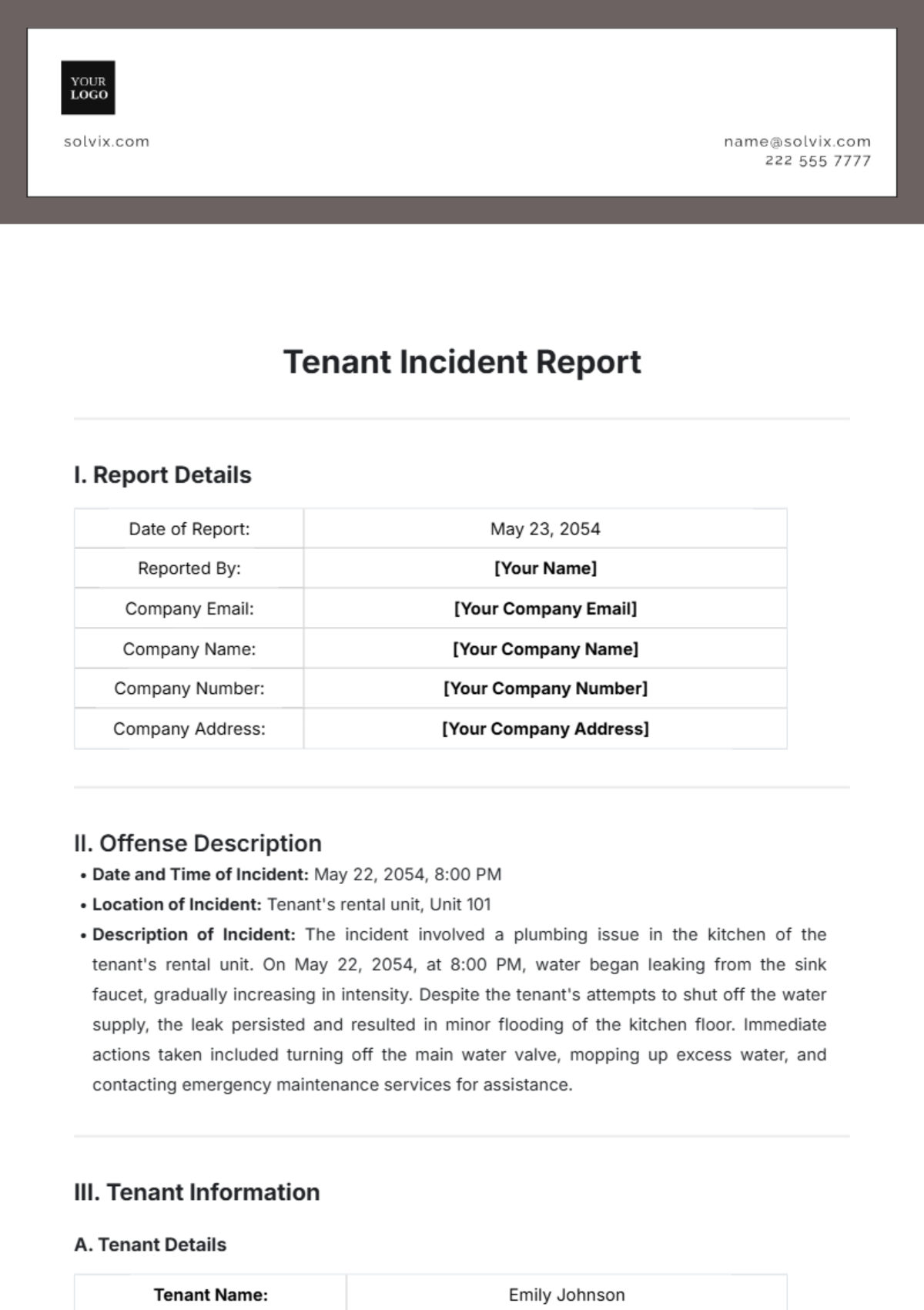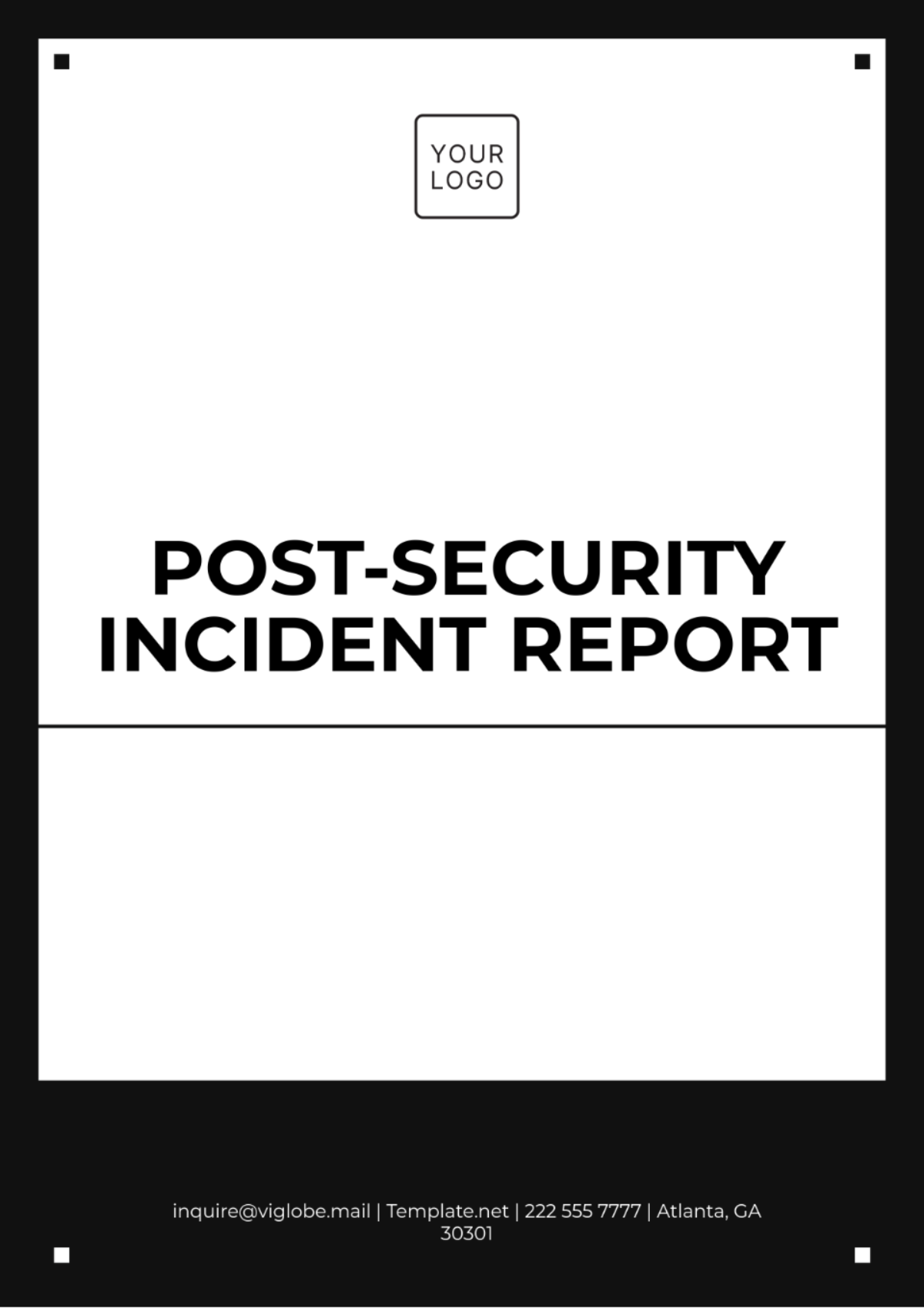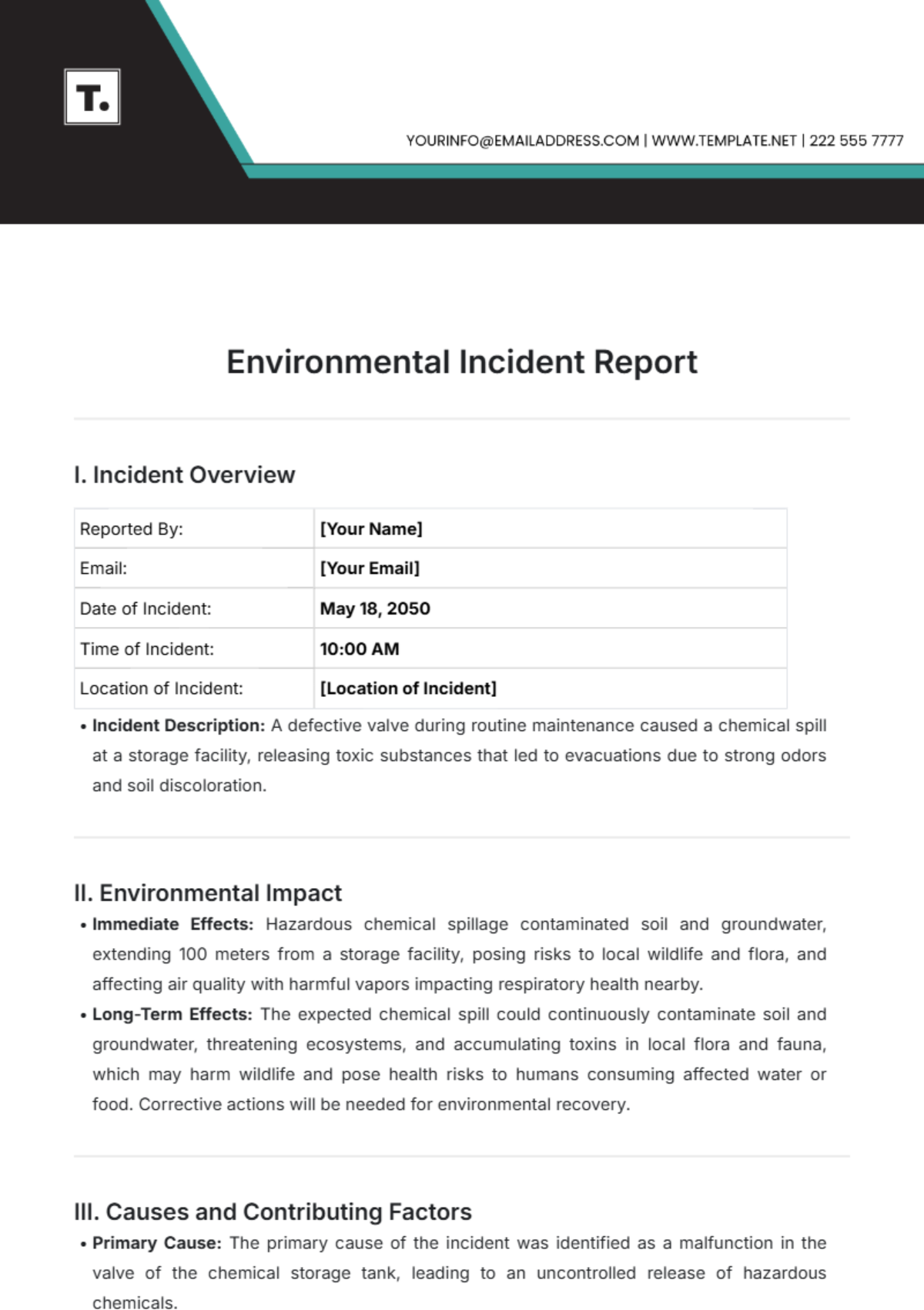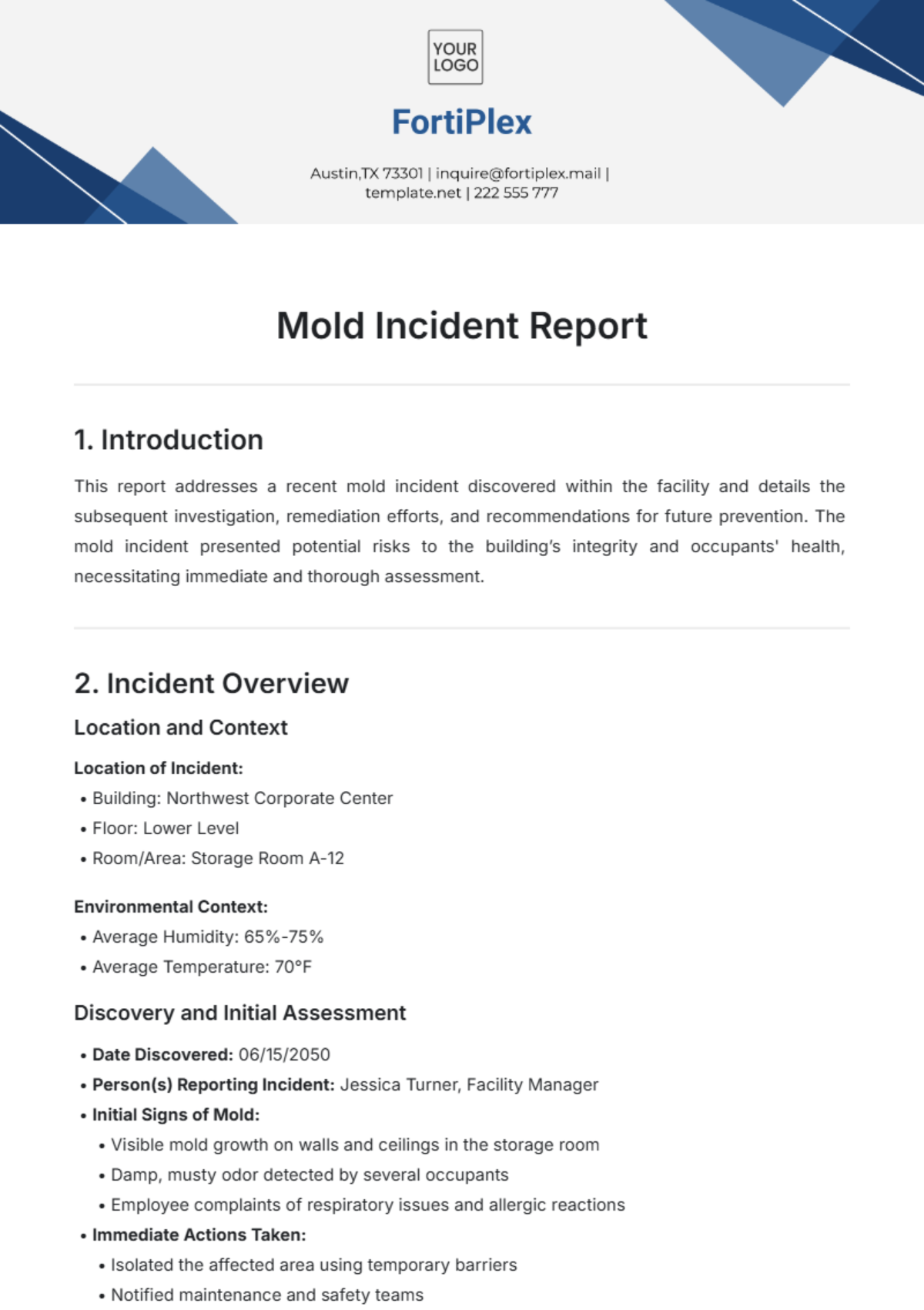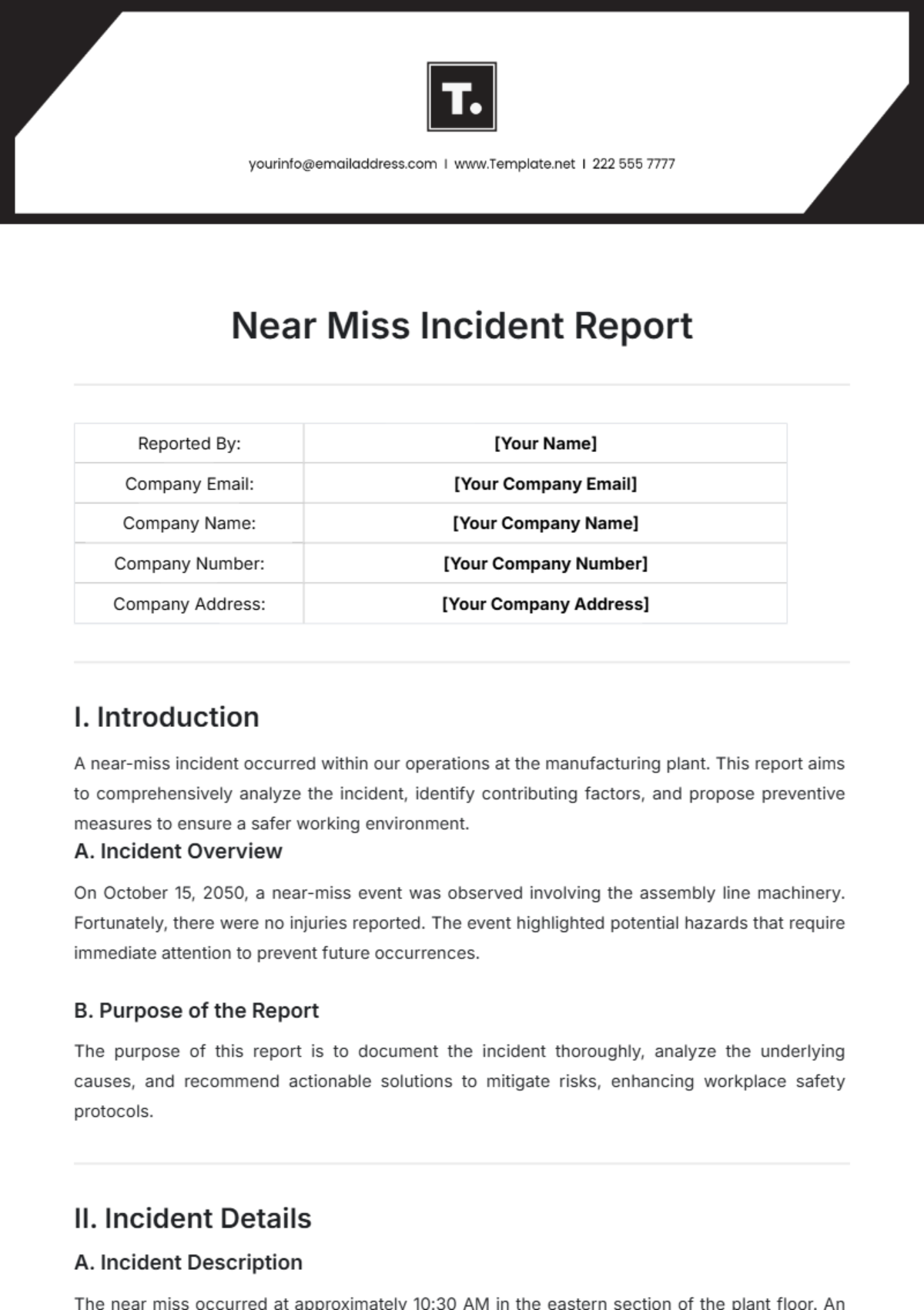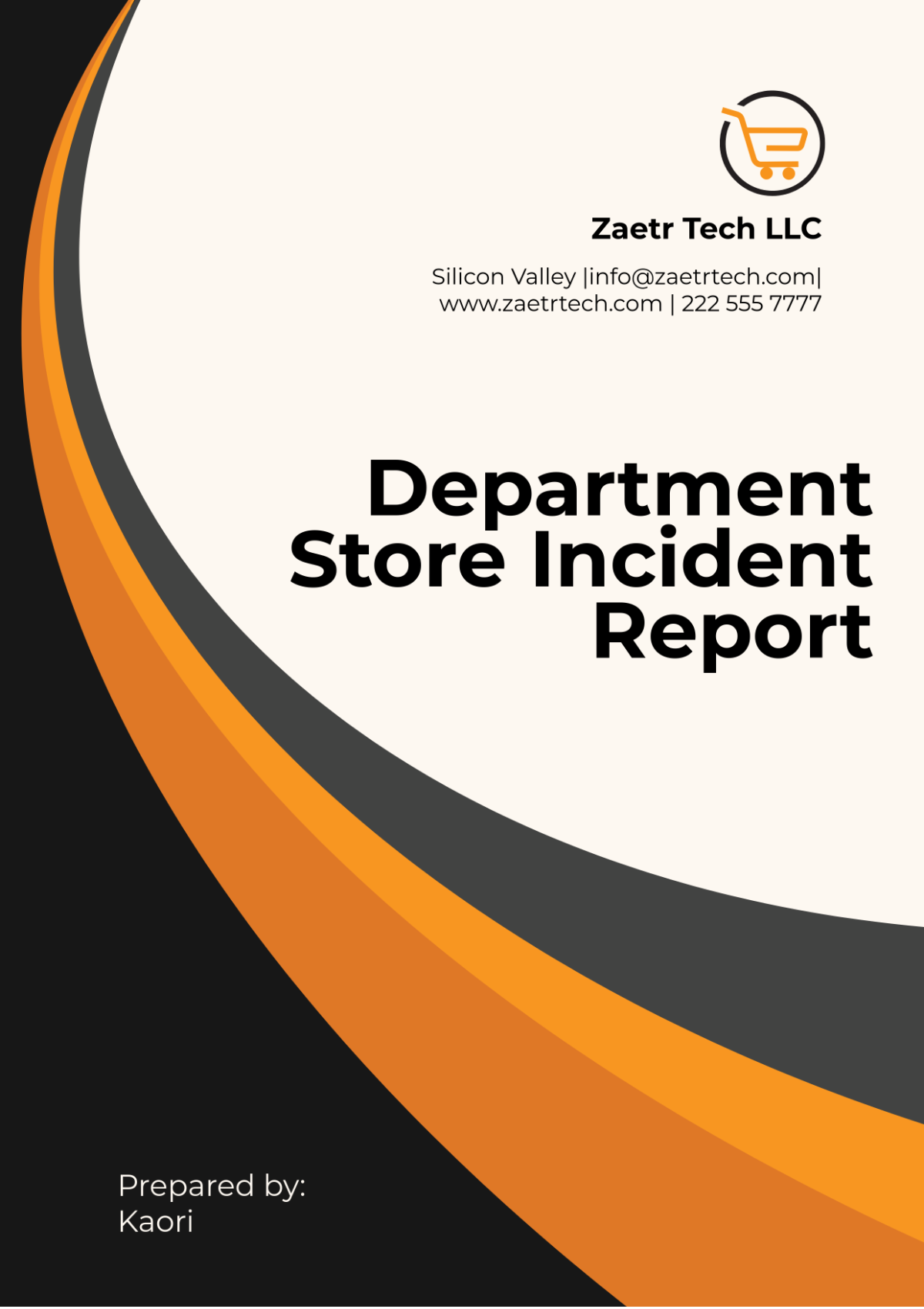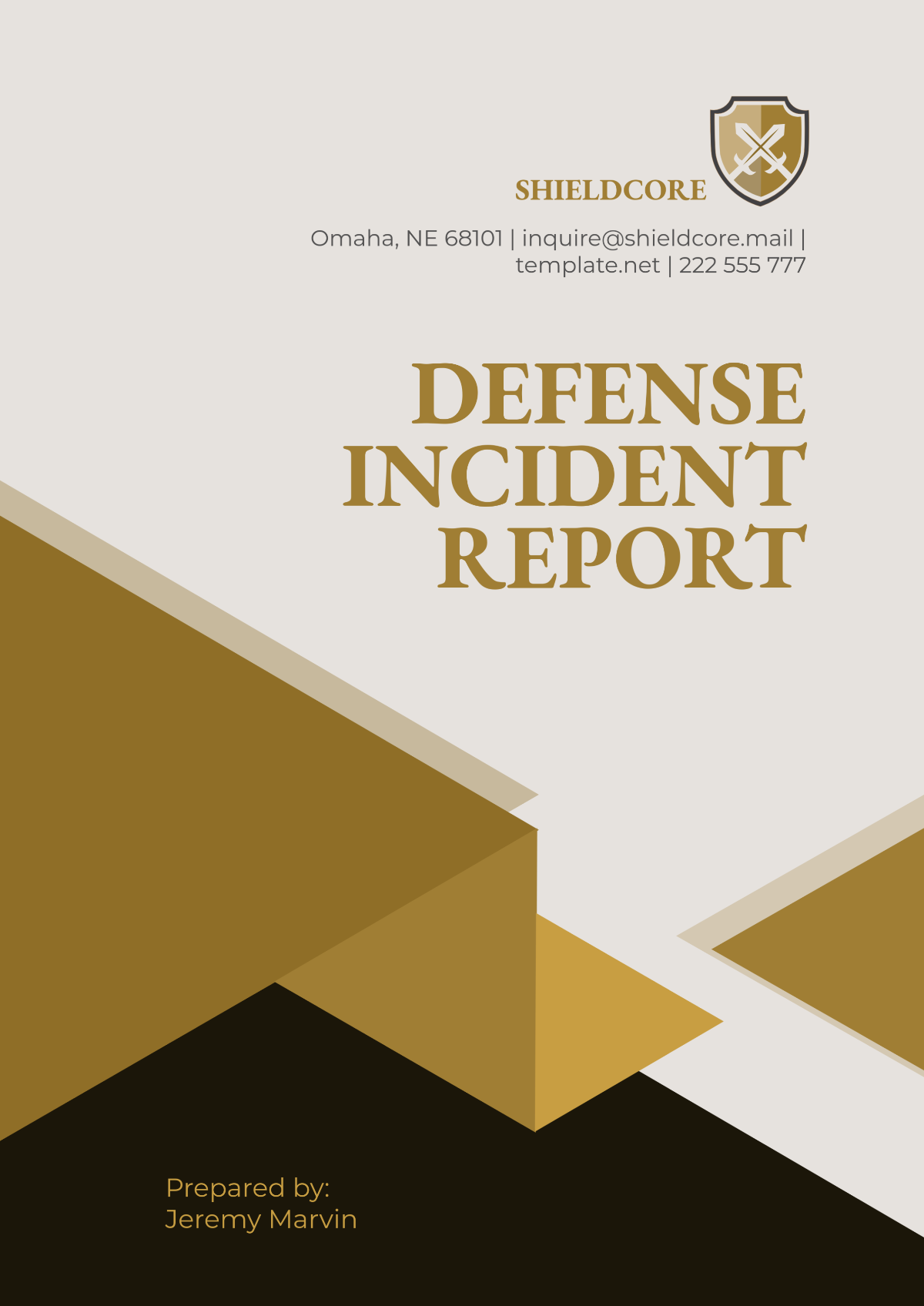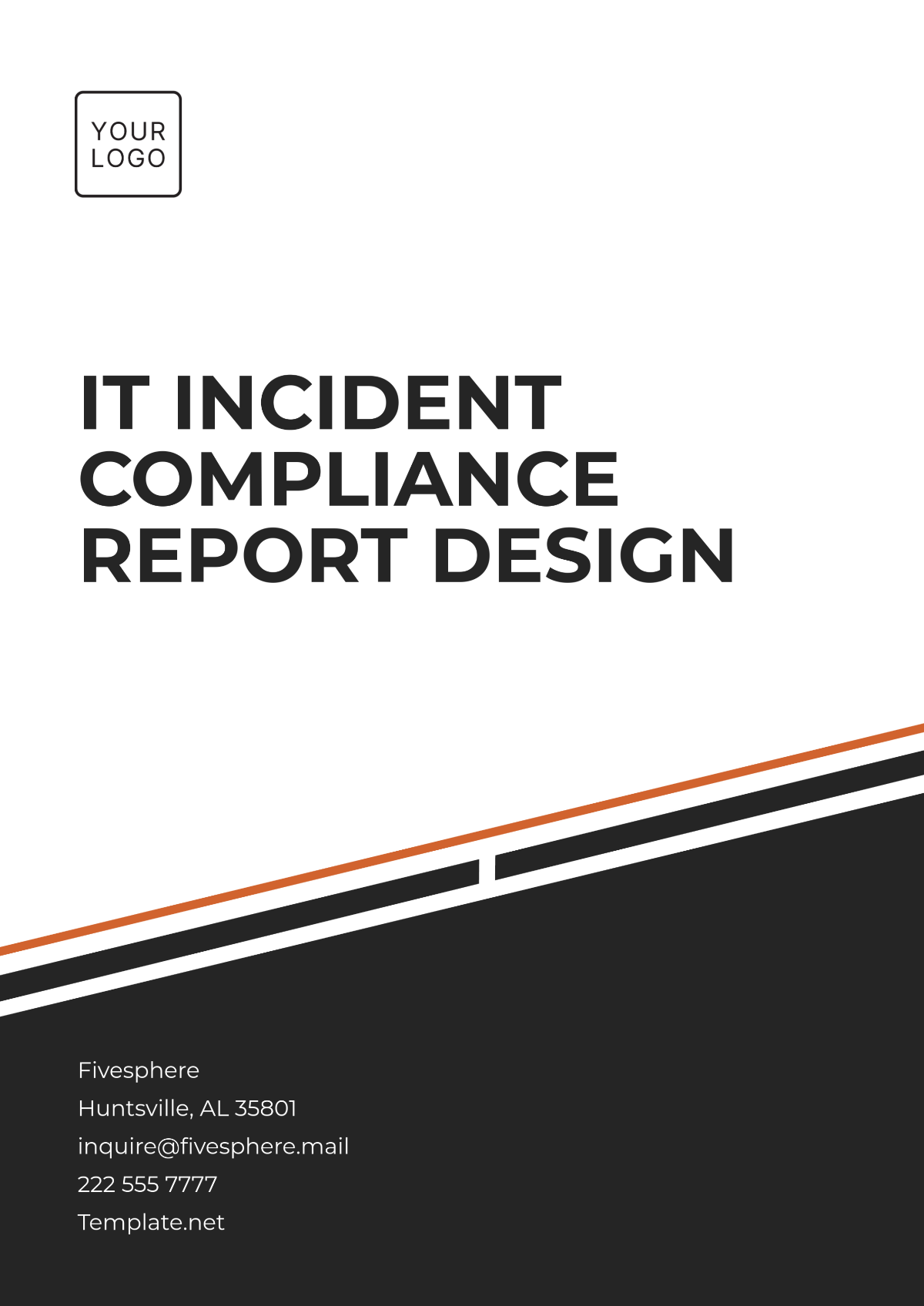Cybersecurity Incident Report
Prepared By: [Your Name]
Company: [Your Company Name]
1. Executive Summary
This report details a cybersecurity incident that impacted our organization on January 15, 2050. The incident involved unauthorized access to sensitive customer data through a phishing attack targeting high-level employees. This report documents the incident, assesses root causes, analyzes the impact, outlines actions taken, and proposes measures to prevent future occurrences.
2. Incident Overview
2.1 Incident Details
Item | Description |
|---|---|
Incident Type | Phishing Attack leading to Unauthorized Access |
Incident Date/Time | January 15, 2050, at 10:32 AM |
Affected Systems | Employee Email System, CRM Database |
Location | Headquarters, Server Room 3 |
Duration | 6 hours, from detection to containment |
Impact | Data integrity, downtime, and potential financial loss |
3. Detection and Identification
3.1 How the Incident was Detected
Monitoring Systems: Our SIEM (Security Information and Event Management) platform detected unusual login attempts from an unrecognized IP address.
Alert Mechanism: The SIEM system flagged the activity and sent alerts to the Incident Response Team.
Incident Timeline: Each key stage was documented from initial detection to containment.
3.1.1 Timeline of Events
Date/Time | Event Description |
|---|---|
January 15, 2050, 10:32 AM | SIEM detected multiple login attempts from a foreign IP address. |
January 15, 2050, 10:50 AM | Incident Response Team confirmed unauthorized access to sensitive data. |
January 15, 2050, 11:15 AM | Containment initiated by isolating the affected systems and disabling compromised accounts. |
3.2 Indicators of Compromise (IoCs)
IPs, URLs, and Domains associated with the attack: 192.168.45.1, malicious domain: hxxps://compromisedlink2050.com.
Hash Values: File hash SHA-256: a3b5d6e7f9g012345678abcdef1234567890 was flagged as malicious.
Other Patterns: Notable increase in failed login attempts to multiple accounts within minutes of the initial breach.
4. Containment, Eradication, and Recovery
4.1 Containment Strategy
Containment was implemented to prevent further spread and impact.
Immediate Steps: Disabled compromised accounts, isolated affected machines, and blocked malicious IP addresses.
Network Segmentation: Limited access within the network to prevent lateral movement.
4.2 Eradication Process
Steps to remove the threat from affected systems:
Malware Removal: Used specialized tools to remove malicious files on affected machines.
Vulnerability Patching: Applied security patches to address vulnerabilities exploited in the attack.
System Hardening: Strengthened firewall rules and password policies on systems involved.
4.3 Recovery Actions
Restoration of Data: Restored data from verified backups made on January 14, 2050.
Verification of System Integrity: Conducted thorough system scans to confirm all malicious elements were removed.
Monitoring for Recurrence: Increased monitoring on compromised accounts and high-risk areas for signs of residual threats.
4.3.1 Recovery Timeline
Date/Time | Recovery Action |
|---|---|
January 15, 2050, 2:00 PM | Restoration initiated with backups for CRM and email servers. |
January 15, 2050, 3:30 PM | Completed data integrity checks on critical databases. |
January 15, 2050, 5:00 PM | Resumed normal operations following successful verification of all affected systems. |
5. Impact Assessment
5.1 Affected Assets
Category | Affected Items | Description of Impact |
|---|---|---|
Data | Customer records, Internal HR files | Unauthorized access with potential data exfiltration |
Applications | CRM System, Email Server | Downtime during containment and recovery phases |
Systems | Database Server, Employee Workstations | Required full restoration and enhanced security review |
5.2 Business Impact
Financial Losses: Estimated at $1.2 million due to lost productivity, recovery costs, and potential fines.
Operational Downtime: 6 hours of service disruption affecting customer support and internal communications.
Reputational Impact: Incident may affect customer trust; proactive communications planned.
Compliance Implications: Potential regulatory fines for mishandling of customer data under data protection regulations.
6. Root Cause Analysis
6.1 Initial Access Vector
Phishing Attack: Attackers gained initial access via a spear-phishing email targeting a senior employee, leading to credential theft.
Exploited Vulnerability: Attackers exploited unpatched email client vulnerability in legacy software.
6.2 Contributing Factors
Human Error: An employee inadvertently clicked a phishing link that bypassed basic security awareness protocols.
System Vulnerabilities: The organization had not yet patched a known vulnerability in Email Client X.
Inadequate Monitoring: Alerts were delayed due to an outdated network segmentation policy.
7. Lessons Learned
7.1 Observations
Effective Strategies: Network segmentation and employee access controls limited damage.
Improvement Areas: Detection speed could be improved by upgrading SIEM thresholds for suspicious activities.
7.2 Recommendations
Employee Training: Implement quarterly cybersecurity awareness training focused on phishing identification.
Incident Response Enhancements: Deploy multi-factor authentication on all critical systems.
Policy Updates: Update security policy to enforce regular vulnerability assessments and patch management.
8. Remediation Plan
8.1 Short-Term Actions
Patching: Immediate patching of vulnerabilities in Email Client X and CRM System.
Access Controls: Strengthen access controls on CRM and database systems.
Continuous Monitoring: Upgrade SIEM settings to better detect unusual login patterns.
8.2 Long-Term Actions
Action | Description | Deadline |
|---|---|---|
Enhanced Security Training | Implement regular training on cybersecurity best practices for employees | April 2050 |
Implement Advanced SIEM | Upgrade to next-generation SIEM for better detection and analysis | July 2050 |
Regular Penetration Testing | Schedule semi-annual penetration testing to identify security gaps | Starting June 2050 |
9. Conclusion
The cybersecurity incident on January 15, 2050, was effectively managed and mitigated due to the prompt response of the Incident Response Team and comprehensive containment measures. The incident highlights the importance of continual vigilance, employee awareness, and proactive threat detection. By following the recommendations, the organization can strengthen its defenses and minimize the likelihood of future incidents.
